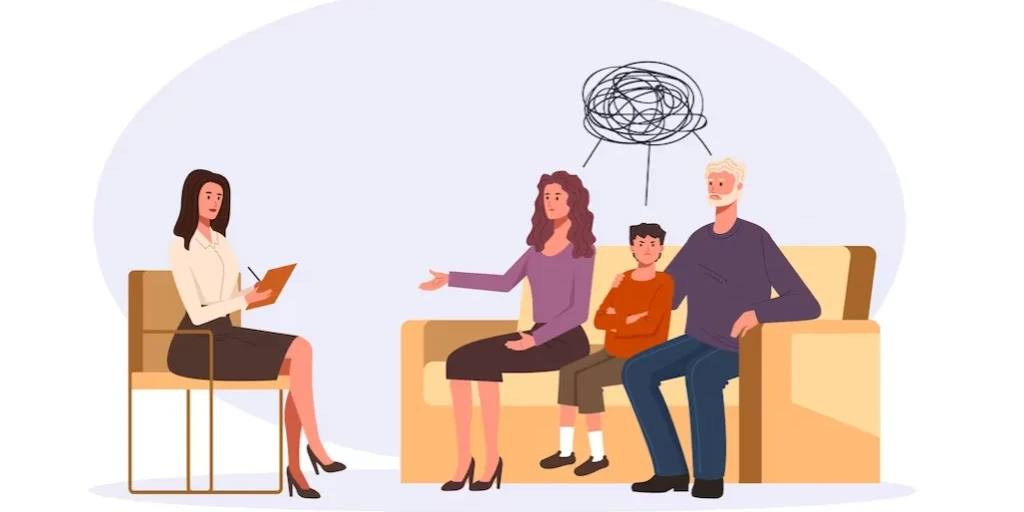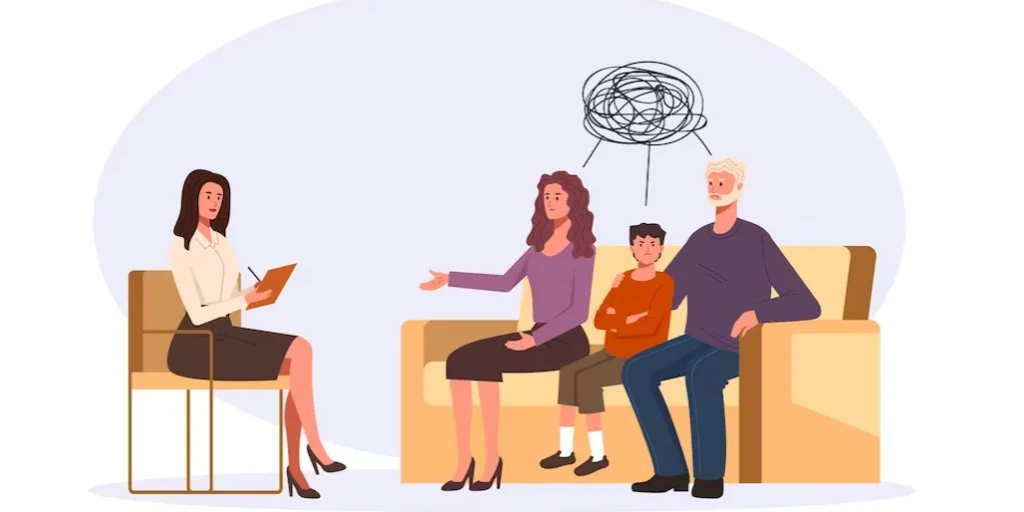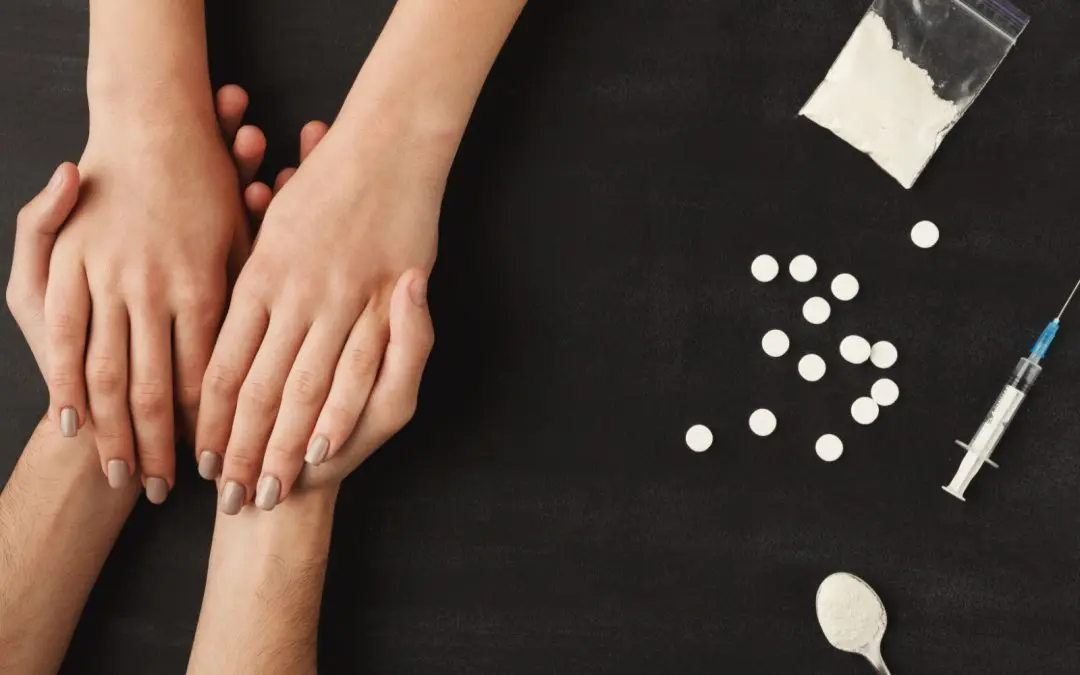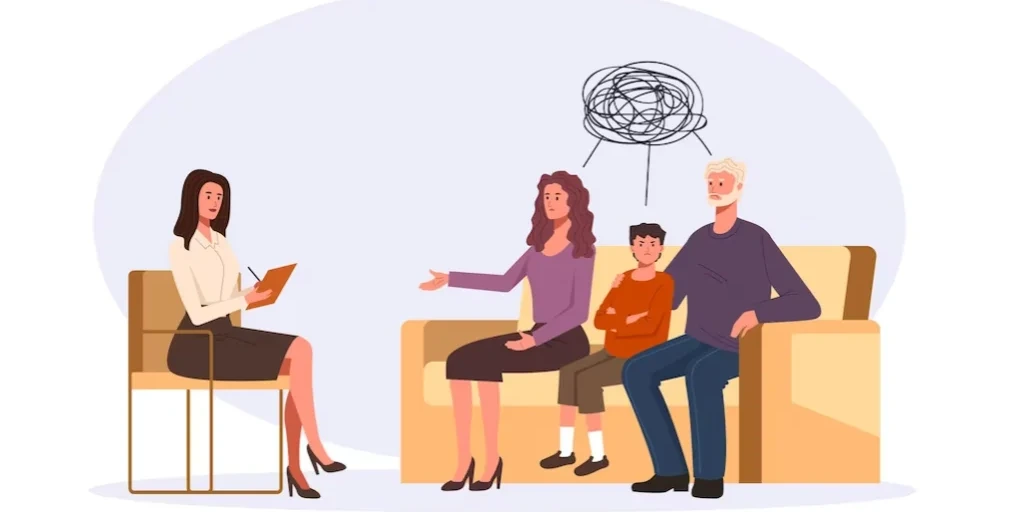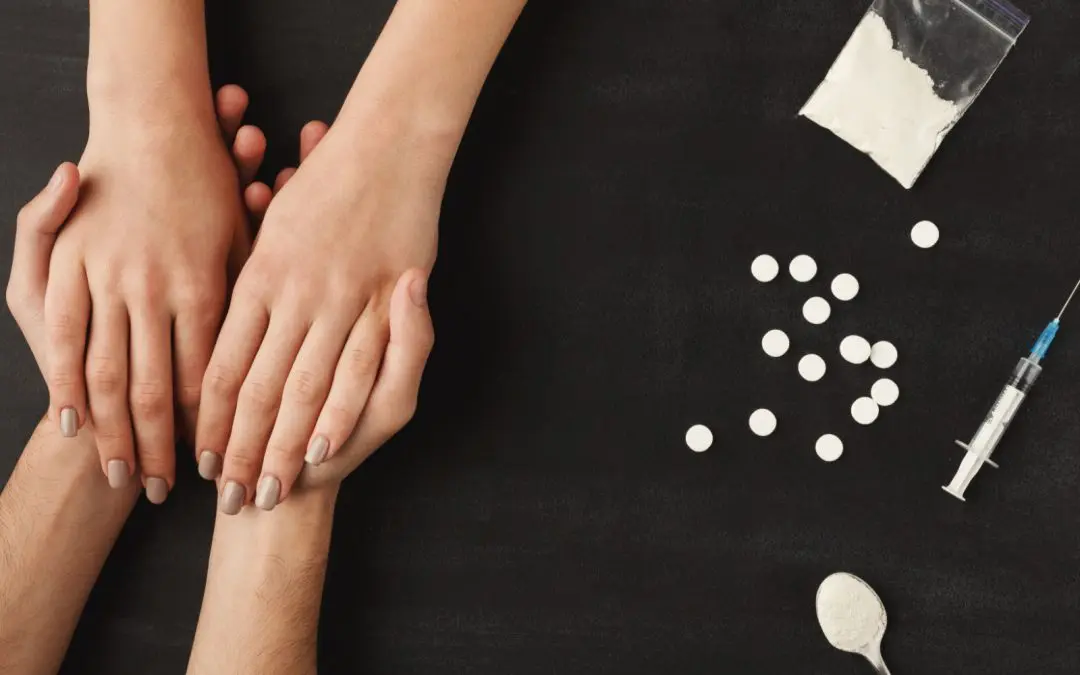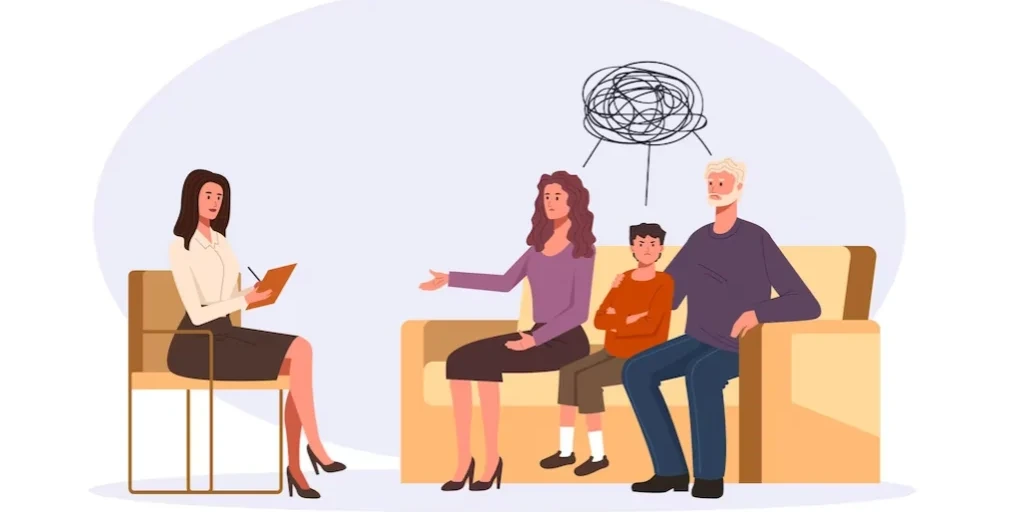24/7 Helpline:
(866) 899-111424/7 Helpline:
(866) 899-1114
Learn more about Inpatient Rehab centers in Utah
Inpatient Rehab in Other Cities

Other Insurance Options

CareFirst

Humana

Absolute Total Care

PHCS Network

GEHA

Holman Group

Multiplan

Magellan Health

Lucent

Regence

Highmark

BHS | Behavioral Health Systems

Covered California

ComPsych

WellCare Health Plans

State Farm

Access to Recovery (ATR) Voucher

Medical Mutual of Ohio

Oxford

Meritain

Adolescence to Adulthood Counseling
Adolescence to Adulthood Counseling is a private rehab located in North Salt Lake, Utah. Adolescence...

Pinnacle Recovery
Pinnacle Recovery is Utah's best inpatient rehab for true healing, from the inside out. Pinnacle Rec...

Dixie Regional Medical Center – Behavioral Health
Dixie Regional Medical Center – Behavioral Health is a private rehab located in Saint George, Utah. ...

Turn About Ranch
Located on a working cattle ranch in Escalante, Utah, Turn About Ranch is a residential mental and b...

WinGate Wilderness Therapy
WinGate Wilderness Therapy is a behavioral health program based in Kanab, Utah. WinGate's program he...

Steps Recovery Center – Annie’s House
Steps Recovery Center–Annie’s House is a 12 step-focused drug and alcohol rehab for adult women. The...

Project Reality – County Program Site
Project Reality – County Program Site is a private rehab located in Provo, Utah. Project Reality – C...

Willow Tree Recovery
Willow Tree Recovery offers dual-diagnosis drug and alcohol addiction treatment for individuals in P...

Southwest Behavioral Health Center
Southwest Behavioral Health Center is the only rehab center in southwest Utah that can provide subst...

Steps Recovery Centers
Steps Recovery Centers are more than just a place for drug and alcohol addiction rehabilitation, it'...

Interact Clubhouse
Interact Clubhouse offers outpatient and inpatient treatment for individuals with alcohol and/or sub...

Next Level Recovery Outpatient
Next Level Recovery is a drug addiction recovery program located in Salt Lake City, UT that concentr...

Brighton Recovery Center
Brighton Recovery Center, in South Ogden, Utah, is a luxury, 12 step-focused drug and alcohol rehab ...

Wasatch Recovery
Wasatch Recovery Treatment Center is a beautiful property and a sustained healing environment in its...

Aloha Behavioral Consultants
Established in 2004, Aloha Behavioral Consultants is a Mental Health & Substance Abuse Treatment fac...

Utah Addictions Centers
At half the cost of most private facilities and treatment centers, the Utah Addiction Centers’ multi...

Elevations
Elevations is a private rehab located in Syracuse, Utah. Elevations specializes in the treatment of ...

Liberty Addiction Recovery Centers | Rehab Center Salt Lake City
Liberty Addiction Recovery Centers offers addiction and mental health treatment for individuals in S...

Recovery House for Men
Recovery House for Men is a non-profit rehab located in Ogden, Utah. Recovery House for Men speciali...

DeNovo
DeNovo is a private rehab located in Salt Lake City, Utah. DeNovo specializes in the treatment of al...

Discovery House
Discovery House - South State Street offers effective outpatient treatment that promotes holistic re...

San Juan Counseling Center
San Juan Counseling Center is a public rehab located in Blanding, UT. San Juan Counseling Center spe...

New Roads Treatment Center
New Roads Treatment Center is a behavioral healthcare and addiction treatment provider for individua...

Volunteers of America – Men’s Adult Detoxification Center
Volunteers of America - Men's Adult Detoxification Center is a social model detox program that focus...

Central Utah Counseling Center
Central Utah Counseling Center is a public rehab located in Ephraim, Utah. Central Utah Counseling C...

Bear River Mental Health Services – Outpatient
Bear River Mental Health Services – Outpatient is a private rehab located in Tremonton, Utah. Bear R...

Changes Counseling and Consultation
Changes Counseling and Consultation is a private addiction treatment center that provides addiction ...

Ascend Recovery – Lake House Step 1
Ascend Recovery's evidenced based practices do not simply help patients graduate a residential progr...

Lion’s Gate Recovery – St. George Campus
Lion’s Gate Recovery – St. George Campus is a private rehab located in Saint George, Utah. Lion’s Ga...

Chateau Recovery
Chateau Recovery provides a safe, peaceful, and comfortable environment to practice new lifestyle ch...

Discovery House
Discovery House is a private rehab located in Taylorsville, Utah. Discovery House specializes in the...

CLD3 Counseling
CLD3 Counseling is a private rehab located in Salt Lake City, Utah. CLD3 Counseling specializes in t...
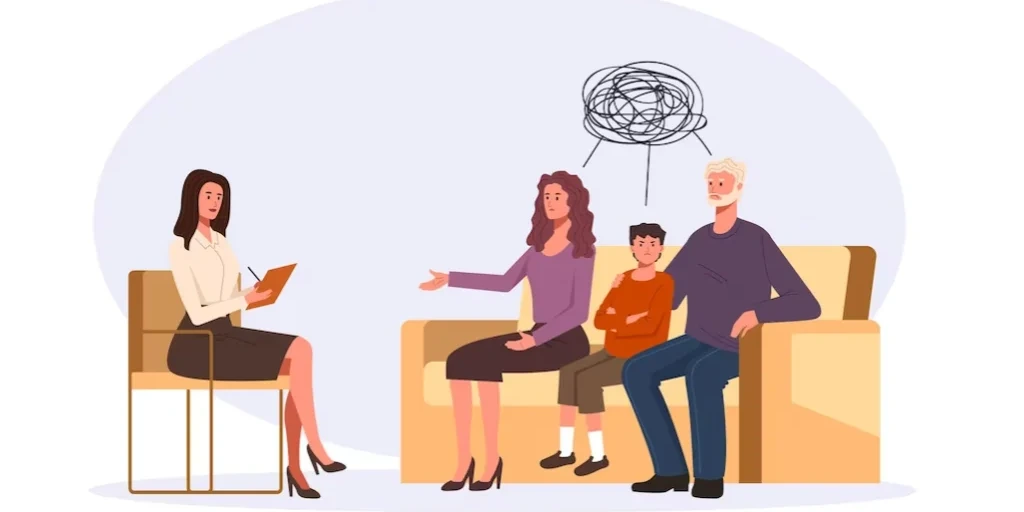
Sober Living Properties
Sober Living Properties is a private rehab located in Millcreek, Utah. Sober Living Properties speci...

Maple Mountain Recovery
Maple Mountain Recovery provides a full continuum of holistic addiction treatment for adults in Mapl...

Project Reality
Project Reality is a private rehab located in Salt Lake City, Utah. Project Reality specializes in t...

Northeastern Counseling Center
Northeastern Counseling Center is a public rehab located in Vernal, Utah. Northeastern Counseling Ce...

Alpine Center
Alpine Center is one of the leading outpatient treatment centers in Utah. Alpine Center offers a wid...

Psychiatric and Behavorial Solutions
Psychiatric and Behavorial Solutions is a private rehab located in Salt Lake City, Utah. Psychiatric...
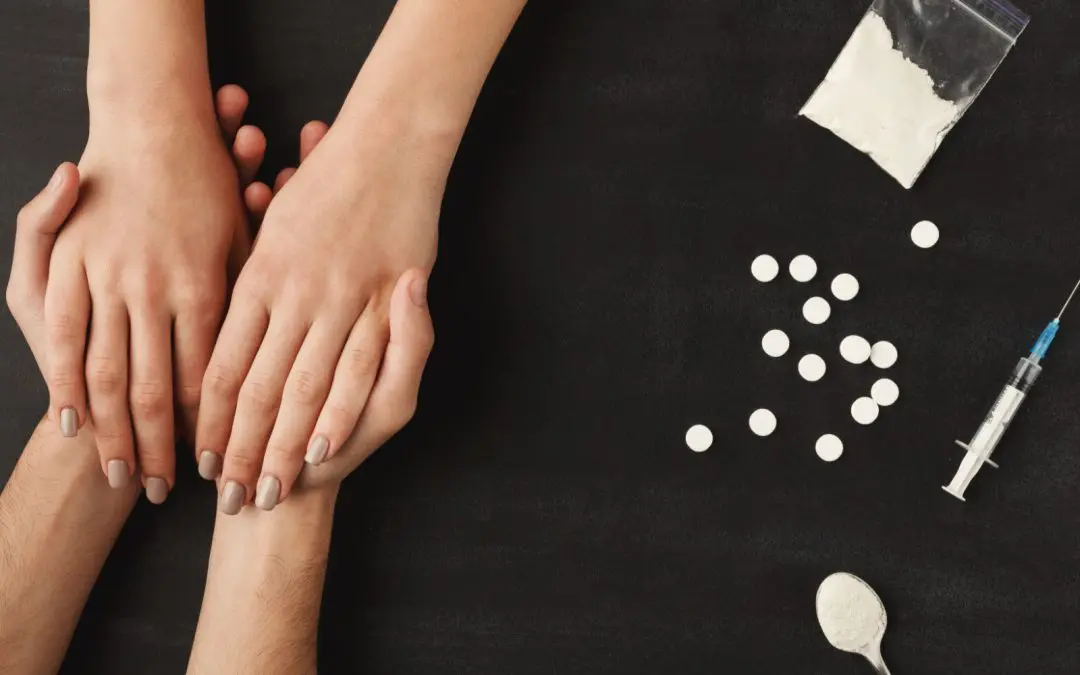
Pomarri
Pomarri addiction treatment center is the first outpatient alcohol center, drug rehab and counseling...

Bear River Mental Health Services – Outpatient
Bear River Mental Health Services – Outpatient is a private rehab located in Logan, Utah. Bear River...

Davis Behavioral Health – North 1700 West
Davis Behavioral Health – North 1700 West is a private rehab located in Layton, Utah. Davis Behavior...

Institute for Cognitive Therapy
Institute for Cognitive Therapy is a private rehab located in Orem, Utah. Institute for Cognitive Th...

BAART Programs Salt Lake City
BAART Programs Salt Lake City is a private rehab located in Murray, Utah. BAART Programs Salt Lake C...

First Step House
First Step House, in Salt Lake City, Utah, is a comprehensive drug and alcohol rehab for adult men. ...

Wasatch Mental Health Center – Outpatient
Wasatch Mental Health Center – Outpatient is a public rehab located in American Fork, Utah. Wasatch ...

Davis Behavioral Health – Main Street Clinic
The Davis Behavioral Health – Main Street Clinic is situated in Layton, Utah, amidst a stunning land...

Alpine Recovery Lodge
Alpine Recovery Lodge is a nationally recognized drug and alcohol rehab treatment facility that offe...

APS
APS is a private rehab located in Murray, Utah. APS specializes in the treatment of alcoholism, drug...

Mountain View Hospital – Behavioral Health
Mountain View Hospital – Behavioral Health is a private rehab located in Payson, Utah. Mountain View...

Tranquility Place of Utah
Tranquility Place of Utah - Substance Abuse Treatment is a private rehab located in Salt Lake City, ...

The Phoenix Recovery Centers – Women’s Residential
The Phoenix Recovery Centers - Women's Residential offer, through intensive treatment, the opportuni...

Odyssey House – 100 South
Odyssey House is a non - profit rehab located in Salt Lake City, UT. Odyssey House specializes in th...

Northeastern Counseling Center
Northeastern Counseling Center offers outpatient services for individuals with alcohol and/or substa...

Suncrest Counseling
Suncrest Counseling, in South Jordan, Utah, provides outpatient mental and behavioral health care fo...

Family Counseling Center
Family Counseling Center is a private rehab located in Murray, Utah. Family Counseling Center specia...

Interface Psychological Services
Interface Psychological Services offers outpatient services to individuals struggling with mental he...

New Season – Bountiful Treatment Center
New Season - Bountiful Treatment Center is a private rehab located in Bountiful, UT. New Season - Bo...

Pathways Real Life Recovery
Pathways Real Life Recovery is a private rehab located in Sandy, Utah. Pathways Real Life Recovery s...

Renaissance Ranch
Renaissance Ranch - N. Main St. offers outpatient treatment for individuals with alcohol and/or subs...

Liahona Treatment Center
Liahona Treatment Center is a private rehab center located in Virgin, UT. Liahona Treatment Center s...

Ascendant Behavioral Health Clinics
Ascendant Behavioral Health Clinics offer mental health counseling for individuals struggling with a...

Action Recovery Group
Action Recovery Group offers addiction treatment by providing Free Clinical Assessments, Outpatient ...

A/D Psychotherapy and Clinical Consulting
AD Psychotherapy and Clinical Consulting offers counseling for those individuals struggling with emo...

Second Nature Wilderness Family Therapy
Second Nature works with adolescents struggling with a variety of mental health diagnoses, behaviora...

Bear River Health Department – Substance Abuse
Bear River Health Department – Substance Abuse is a public rehab located in Garden City, Utah. Bear ...

Talbot Rehab
Talbot Rehab is a private rehab located in Toquerville, Utah. Talbot Rehab specializes in the treatm...

MiBoSpi
MiBoSpi helps individuals through therapeutic interventions of mind, body, and spirit. They offer an...

Benchmark Behavioral Health Systems
Benchmark Behavioral Health Systems is a private rehab located in Woods Cross, Utah. Benchmark Behav...

Primary Care Family Therapy Clinics
Primary Care Family Therapy Clinics is a private rehab located in West Jordan, Utah. Primary Care Fa...

Oxford House Serenity Station
Oxford House Serenity Station is a democratically self-run residence in Cedar City, Utah. Oxford Hou...

Advanced Behavioral Counseling
Advanced Behavioral Counseling is a private rehab located in Salt Lake City, Utah. Advanced Behavior...

Four Corners Behavioral Health
Four Corners Behavioral Health is a private rehab located in Moab, Utah. Four Corners Behavioral Hea...

House of Hope
House of Hope is a private rehab located in Salt Lake City, Utah. House of Hope specializes in the t...

Southeastern Arizona Behavioral Health Services
Southeastern Arizona Behavioral Health Services is a private rehab located in Holden, Utah. Southeas...

South Point Counseling Services
South Point Counseling Services is a private rehab located in South Jordan, Utah. South Point Counse...

Bear River Mental Health Services – Brigham City House
Bear River Mental Health Services – Brigham City House is a private rehab located in Brigham City, U...

Foothill Residential Treatment Center
The Foothill Residential Treatment Center based in Spanish Fork, UT is a trusted mental health and s...

Southwest Behavioral Health Center
Southwest Behavioral Health Center is dedicated to provide mental health and substance abuse treatme...
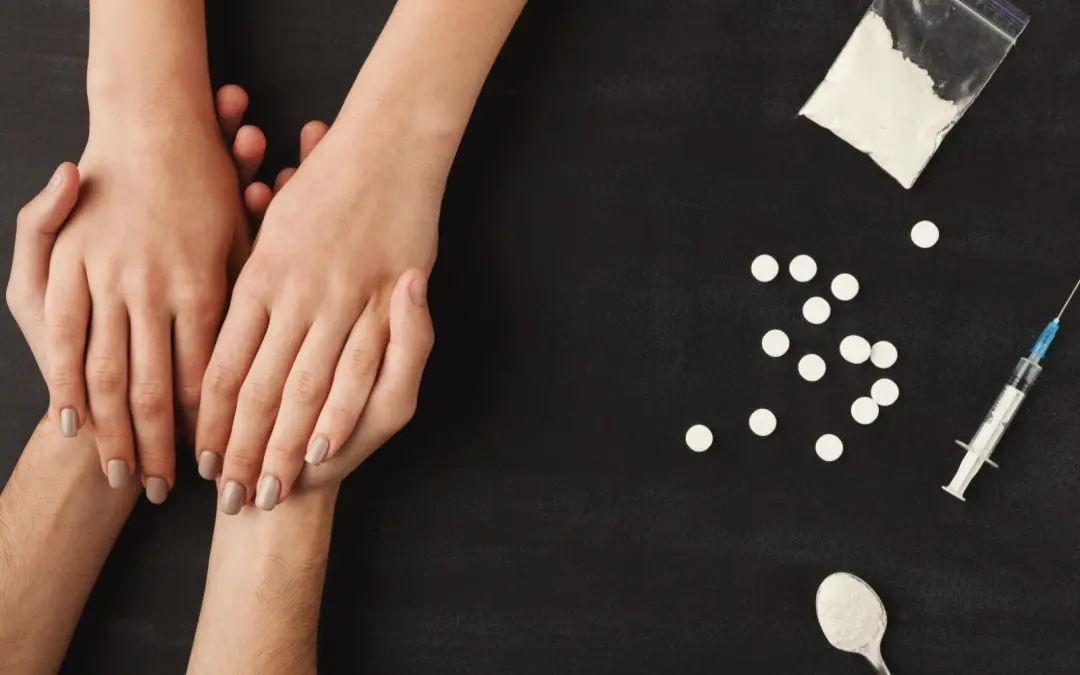
Jordan West Family Counseling
Jordan West Family Counseling is a private rehab located in West Jordan, Utah. Jordan West Family Co...

Mibospi Recovery
Mibospi Recovery is a private rehab located in Ogden, Utah. Mibospi Recovery specializes in the trea...

TurningLeaf Wellness Center
TurningLeaf Wellness Center is a private rehab located in Saint George, Utah. TurningLeaf Wellness C...

Primary Childrens Hospital – Behavioral Health
Primary Childrens Hospital – Behavioral Health is a private rehab located in Salt Lake City, Utah. P...

Outback Therapeutic Expeditions
Outback Therapeutic Expeditions is a private rehab located in Lehi, Utah. Outback Therapeutic Expedi...

Serenity Recovery and Wellness
Serenity Recovery and Wellness is a private rehab located in Riverton, Utah. Serenity Recovery and W...

Central Utah Counseling Center
Central Utah Counseling Center is a public rehab located in Fillmore, Utah. Central Utah Counseling ...

Salt Lake Behavioral Health
Located in South Salt Lake, Utah, Salt Lake Behavioral Health is a behavioral health hospital that o...

Valley Mental Health – Residential Treatment
Valley Mental Health – Residential Treatment is a private rehab located in Salt Lake City, Utah. Val...

Spirit Mountain Behavioral Health
Spirit Mountain Behavioral Health is a private rehab located in Draper, Utah. Spirit Mountain Behavi...

Recovery Ways – Brunswick Place
Recovery Ways - Brunswick Place is a group of effective and affordable dual-diagnosis addiction trea...

North Wasatch Recovery
North Wasatch Recovery is an Intensive Outpatient and Sober Living Program. North Wasatch Recovery i...

James Mason Centers of Recovery
James Mason Centers of Recovery is a private rehab center for teens and families located in Salt Lak...

Renaissance Ranch – Outpatient Program
Renaissance Ranch Outpatient believes that incorporating a spiritual approach to traditional treatme...

Cold Creek Behavioral Health
Cold Creek Behavioral Health is a private rehab located in Draper, Utah. Cold Creek Behavioral Healt...

Turning Point Centers
Located in Sandy, Utah, Turning Point Centers offers alcohol and drug rehab treatment services to me...

Ardú Recovery Center
Ardú Recovery Center is a rehab facility located in Provo, UT. Ardú Recovery Center specializes in t...

New Haven – 2096 East 7200 South
New Haven offers residential treatments for teenage girls struggling with anxiety, stress, substance...

New Haven – Spanish Fork
New Haven offers residential treatments for teenage girls struggling with anxiety, stress, substance...

Mountain Peak Recovery
Mountain Peak Recovery provides the very best therapeutic environment that will enable individuals a...

Turning Point Centers Bell Canyon
Turning Point Centers Bell Canyon is a private rehab located in Centerville, Utah. Turning Point Cen...

Addiction and Psychological Services
Addiction and Psychological Services is a private rehab located in Orem, Utah. Addiction and Psychol...

GMS Counseling
GMS Counseling is a private rehab located in Roy, Utah. GMS Counseling specializes in the treatment ...

True North Treatment Center
True North Treatment Center is a private rehab located in Orem, Utah. True North Treatment Center sp...

Choice Recovery
Choice Recovery is an Intensive Outpatient Program located in Orem Utah. Choice Recovery works with ...

Bear River Health Department – Division of Substance Abuse
Bear River Health Department - Division of Substance Abuse is a public rehab located in Logan, UT. B...

Discovery House
Discovery House - East 2100 South offers effective outpatient treatment that promotes holistic recov...

Brighton Recovery Center – Outpatient
Brighton Recovery Outpatient Program is optimal treatment for people trying to balance their work li...

1st Alliance Treatment Services
1st Alliance Treatment Services is located in Sandy, Colorado. 1st Alliance Treatment Services provi...

James Mason Centers for Recovery
James Mason Centers for Recovery is a private rehab located in Taylorsville, Utah. James Mason Cente...

Clear Recovery of Cache Valley
Clear Recovery of Cache Valley is a private rehab located in Providence, Utah. Clear Recovery of Cac...

Cold Creek Outpatient – South Highland Drive
Cold Creek Outpatient - Holladay offers Day Treatment Program and Intensive Outpatient Program for a...

Cirque Lodge – Lodge Facility
Cirque Lodge is a private and exclusive treatment center located in Utah dedicated to treating alcoh...

Deer Hollow
Deer Hollow is the leading mental health center in the country providing deeply caring, comprehensiv...

The Phoenix – Recovery & Counseling Center
The Phoenix Recovery Centers Outpatient - North 1680 East offer, through intensive treatment, the op...

Sorensons Ranch School
Sorensons Ranch School is a private rehab located in Koosharem, Utah. Sorensons Ranch School special...

Renaissance Ranch – Men’s Residential
Renaissance Ranch Men's Residential is an Faith-based alcohol and Utah drug rehabilitation program. ...
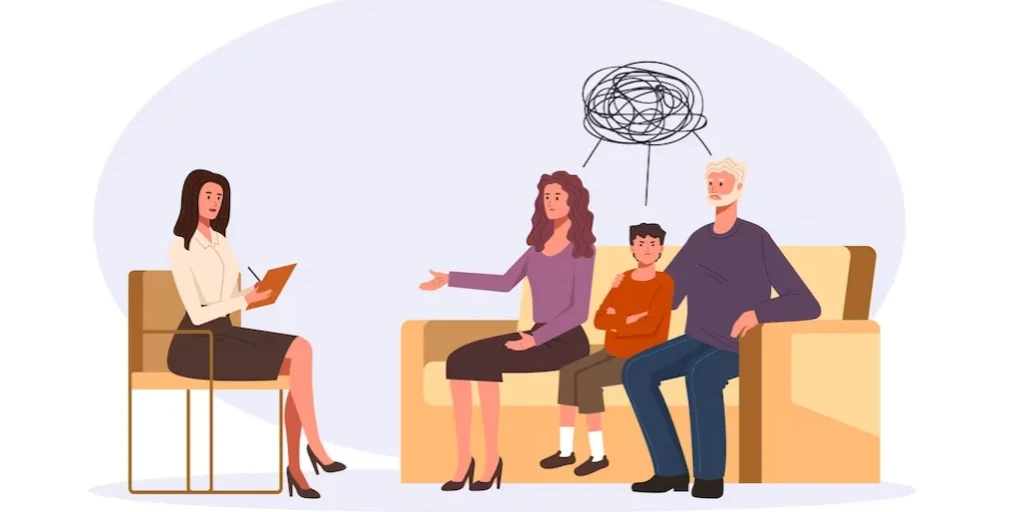
Provo Canyon School – Springville Campus
Provo Canyon School – Springville Campus is a private rehab located in Springville, Utah. Provo Cany...

Daylight Recovery
Daylight Recovery offers alcohol rehabilitation and intensive outpatient drug treatment to individua...

Steps Recovery Center – S Bluff St
Steps Recovery Center – S Bluff St is a private rehab located in Saint George, Utah. Steps Recovery ...

Kolob Canyon Residential Treatment Center
Kolob Canyon Residential Treatment Center is a private rehab located in New Harmony, Utah. Kolob Can...

Youth Care Treatment Center
Youth Care Treatment Center, in Draper, Utah, is a behavioral and mental health care center for adol...

Acqua Recovery
Acqua Recovery provides evidence-based residential rehab center offering an intimate sanctuary for a...

Corner Canyon Recovery
Corner Canyon Recovery is a private rehab located in null, null. Corner Canyon Recovery specializes ...

Deer Hollow – Outpatient
Deer Hollow is the leading mental health center in the country providing deeply caring, comprehensiv...

Cirque Lodge – Studio Facility
Cirque Lodge - Studio Facility is a drug and alcohol rehab located in Orem, Utah. Programs include a...

Bear River Mental Health Services – Bear River House
Bear River Mental Health Services – Bear River House is a private rehab located in Logan, Utah. Bear...

Recovery Ways – Copper Hills
Recovery Ways - Copper Hills is a group of effective and affordable dual-diagnosis addiction treatme...

Recovery Ways – Chatham Place
Recovery Ways - Chatham Place is a group of effective and affordable dual-diagnosis addiction treatm...

Turning Point Centers – Outpatient
Turning Point Centers - Outpatient educates clients on how to maintain long-term sobriety through a ...

Provo Canyon Behavioral Hospital – IOP
Provo Canyon Behavioral Hospital – IOP is a drug and alcohol rehab and medical facility in Provo, UT...

Wasatch Crest Treatment Center
Wasatch Crest Treatment Center is an adventure based drug rehab facility located in the mountains of...

Northern Utah Counseling
Northern Utah Counseling is a private rehab located in West Valley City, Utah. Northern Utah Counsel...

Southwest Behavioral Health Center
Southwest Behavioral Health Center is dedicated to provide mental health and substance abuse treatme...

Ascendant Behavioral Health Clinics
Ascendant Behavioral Health Clinics offer mental health counseling for individuals struggling with a...

New Haven Residential Treatment Center
New Haven offers residential treatments for teenage girls struggling with anxiety, stress, substance...

Reflections Recovery Center
Reflections Recovery Center is a residential treatment program located in beautiful Utah Valley. Ref...

Bear River Mental Health Services – Outpatient
Bear River Mental Health Services – Outpatient is a private rehab located in Brigham City, Utah. Bea...

Zion Healing Center
Zion Healing Center utilizes state of the art medical technology such as Transcranial Magnetic Stimu...

Central Utah Counseling Center
Central Utah Counseling Center is a private rehab located in Loa, Utah. Central Utah Counseling Cent...

Spirit Mountain Recovery
Spirit Mountain Recovery is a private facility located in Eden, Utah. Spirit Mountain Recovery speci...

Cold Creek – Male Sober Living
Cold Creek - Male Sober Living provides the structure and boundaries necessary to help those in earl...

Center for Change
Center for Change is a private rehab located in Orem, Utah. Center for Change specializes in the tre...

Red Willow Counseling & Recovery
Red Willow Counseling & Recovery offers outpatient treatment for individuals with alcohol and/or sub...

Northeastern Counseling Center
Northeastern Counseling Center is a public rehab located in Roosevelt, Utah. Northeastern Counseling...

Family Bootcamp – Therapy Associates
Family Bootcamp – Therapy Associates is a private rehab located in Salt Lake City, Utah. Family Boot...

Expanse Wilderness
Expanse Wilderness, a branch of WinGate Wilderness Therapy, is one of the premier wilderness therapy...

Cinnamon Hills Youth Crisis Center
Cinnamon Hills Youth Crisis Center is a private rehab located in Saint George, Utah. Cinnamon Hills ...

Zion Healing Center
Zion Healing Center is a public rehab located in Salt Lake City, Utah. Zion Healing Center specializ...

Life Stone Counseling
Life Stone Counseling is a private rehab located in Midvale, Utah. Life Stone Counseling specializes...

Life Balance Recovery
Life Balance Recovery . Substance abuse and mental health services We offer: Day and evening groups,...

Sunrise Residential Treatment Center
Sunrise Residential Treatment Center is a private rehab located in Hurricane, Utah. Sunrise Resident...

Alpine Center for Personal Growth Substance Abuse Outpatient Treatment
Alpine Center for Personal Growth Substance Abuse Outpatient Treatment is a private rehab located in...

Professional Services Corporation
Professional Services Corporation is a private rehab located in Ogden, UT. Professional Services Cor...

Active Recovery
Active Recovery is an outpatient PHP, IOP and sober living rehab facility located in Centerville, UT...

Ute Indian Tribe – Red Pine Treatment Center
Ute Indian Tribe - Alcohol and Substance Abuse Prevention is a public rehab located in Fort Duchesne...

Diamond Tree Recovery
Diamond Tree Recovery is a private rehab located in Kaysville, Utah. Diamond Tree Recovery specializ...

Steps Recovery Center
Steps Recovery Center is a rehab facility located in Saint George, UT. Steps Recovery Center special...

Lion’s Gate Recovery – Cedar City Campus
Lion’s Gate Recovery – Cedar City Campus is a private rehab located in Cedar City, Utah. Lion’s Gate...






















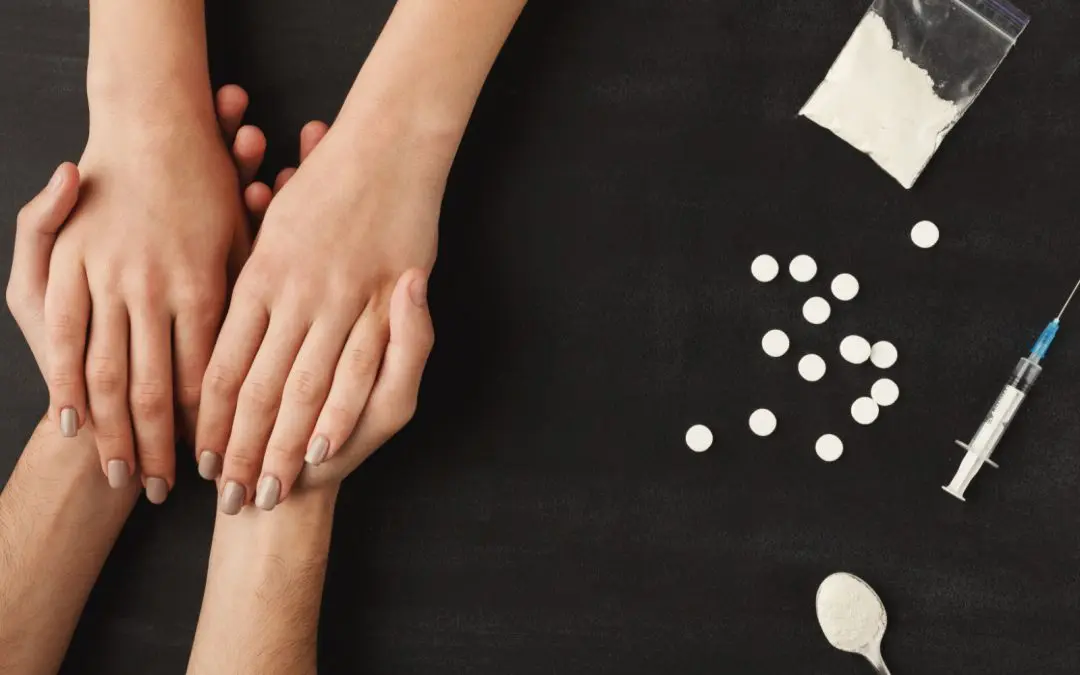









































































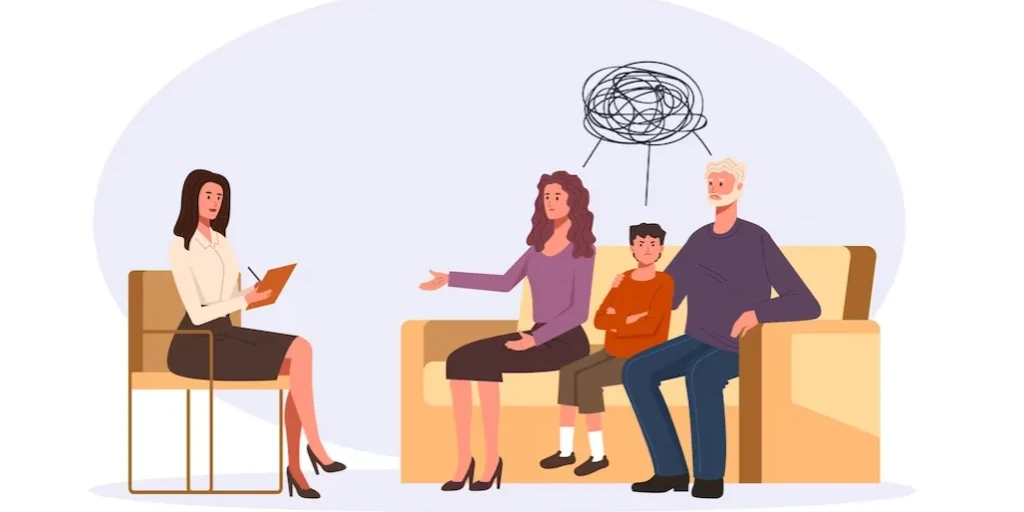


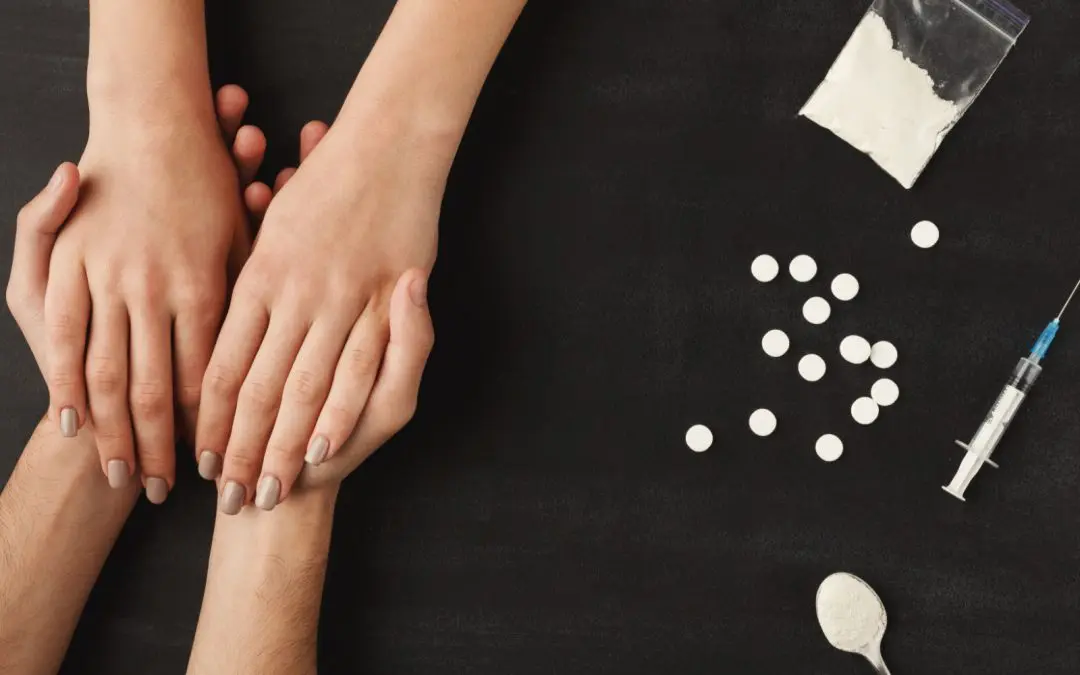































































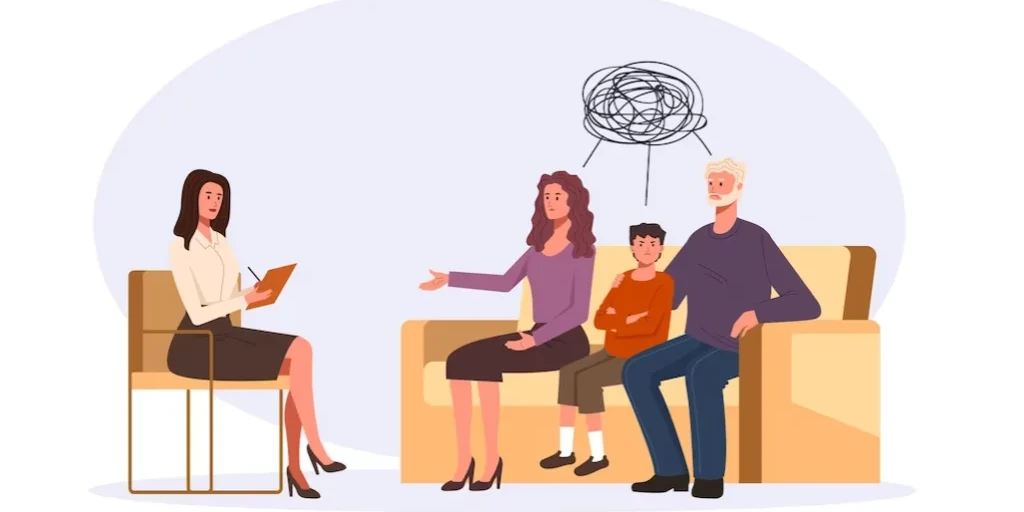





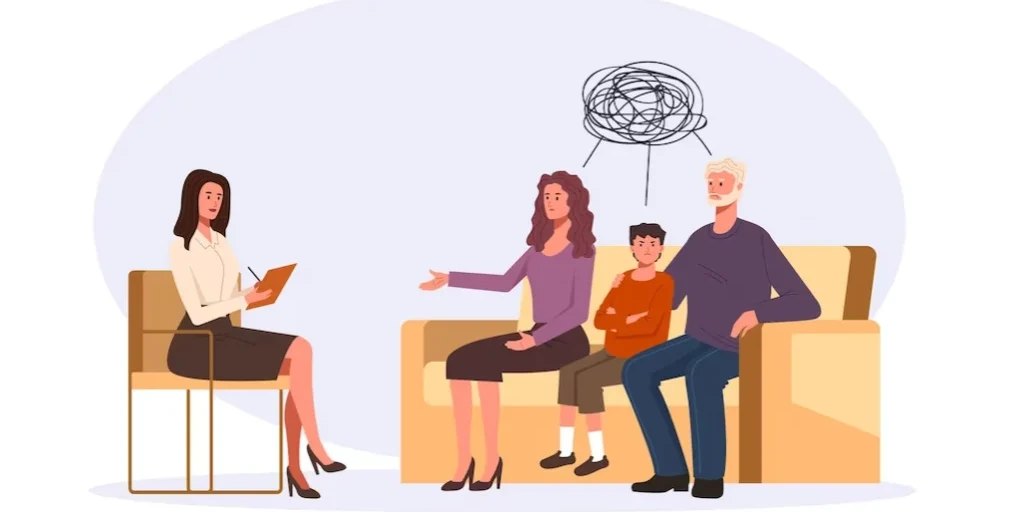






















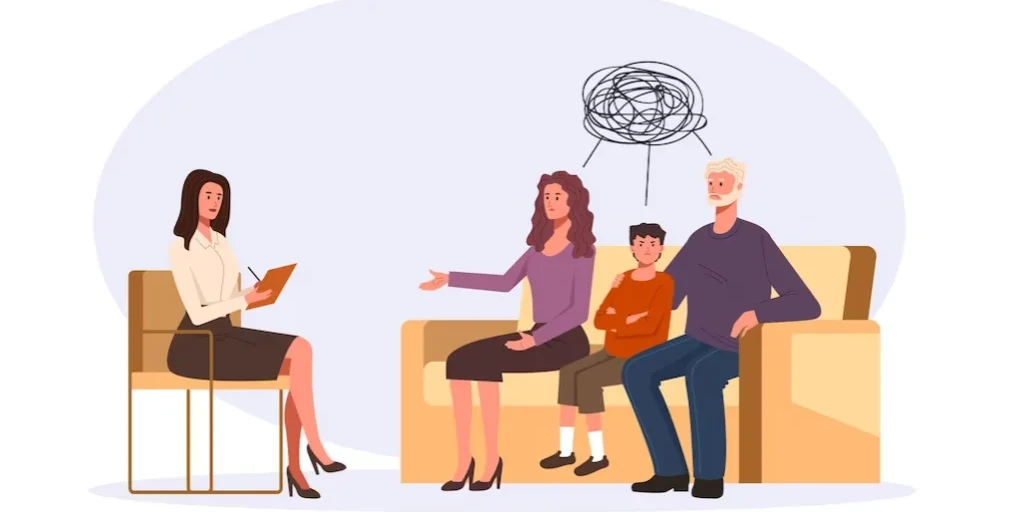



















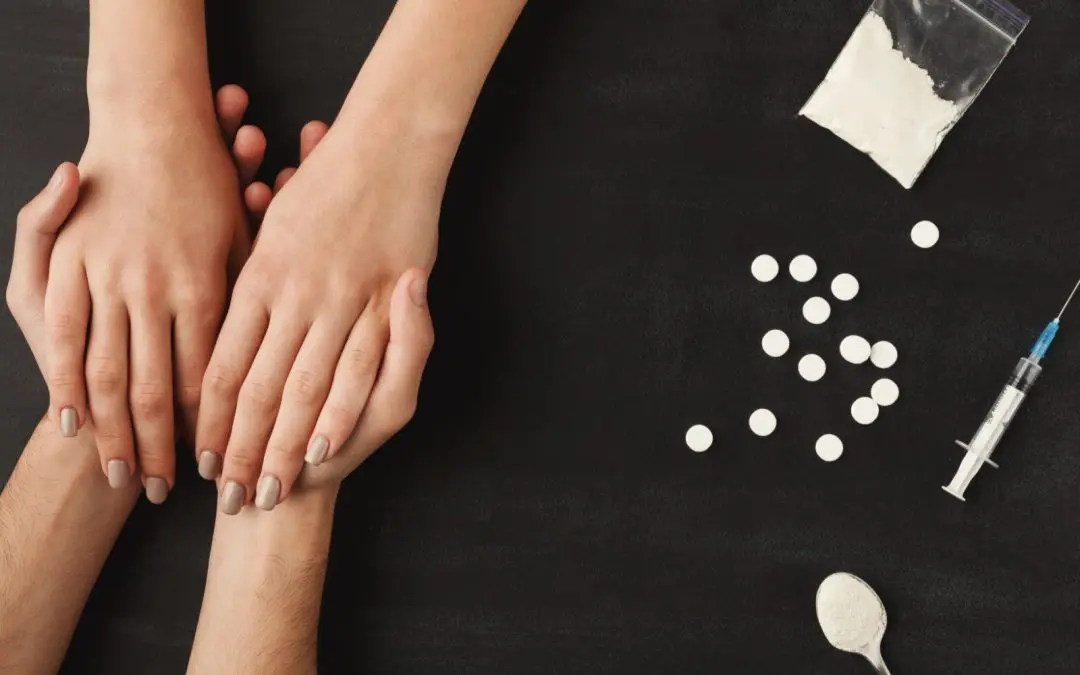
































































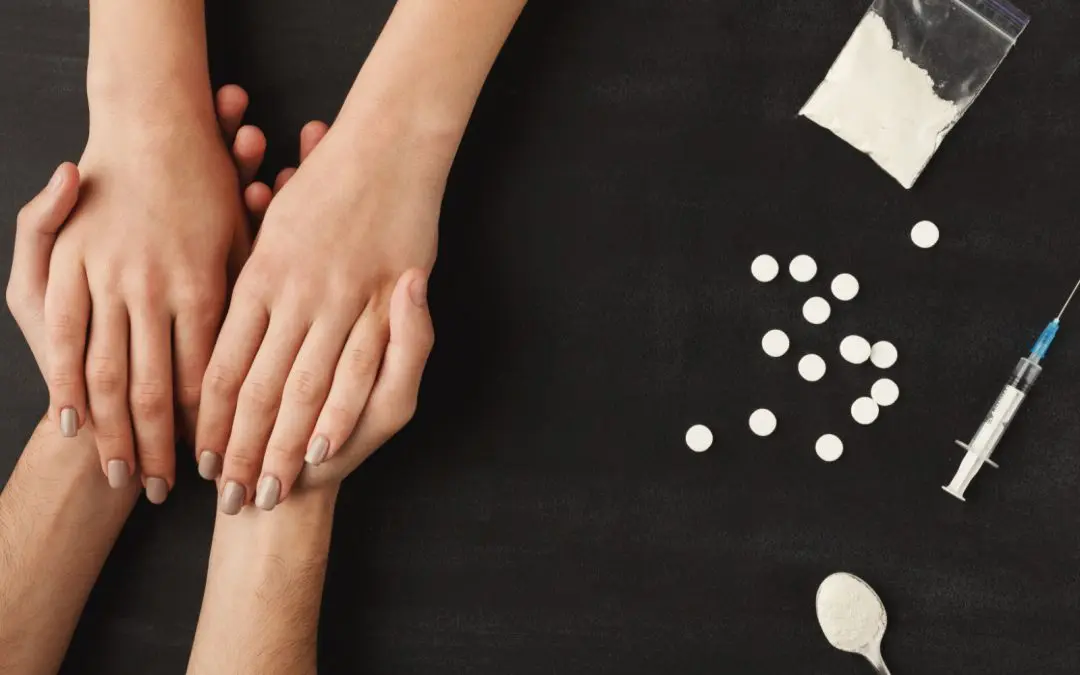
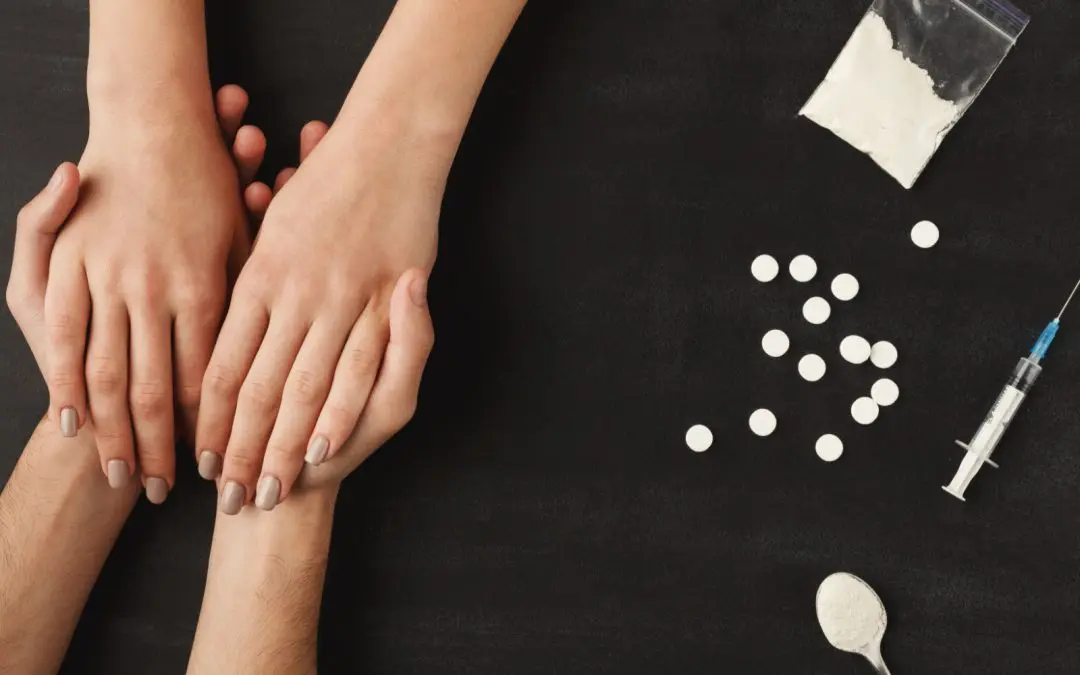






















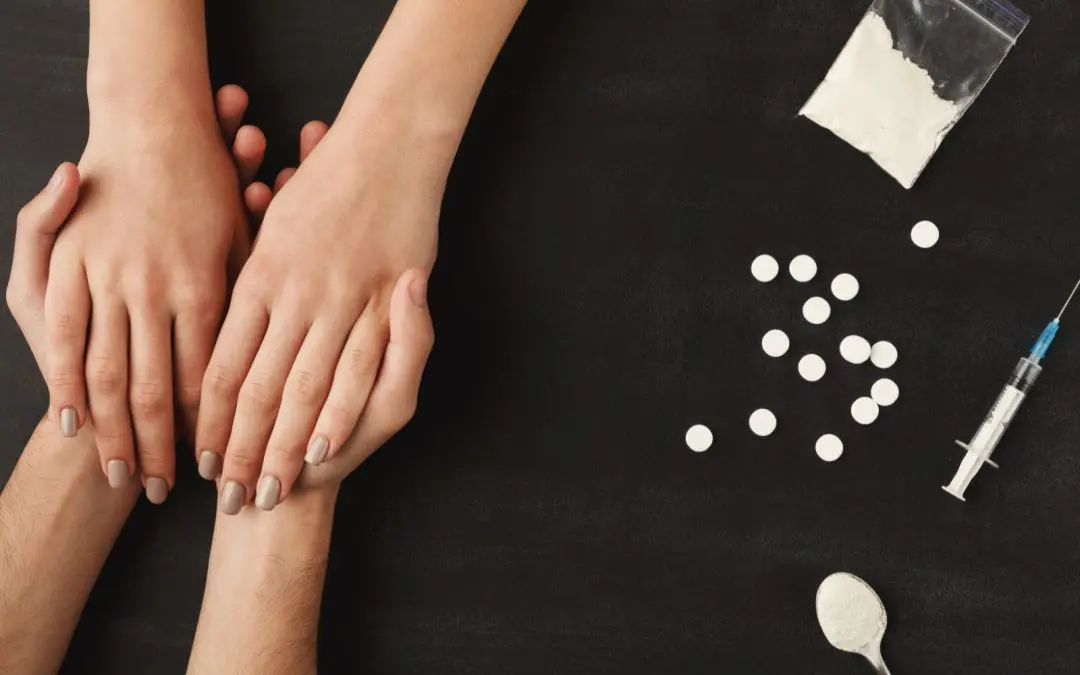






































































































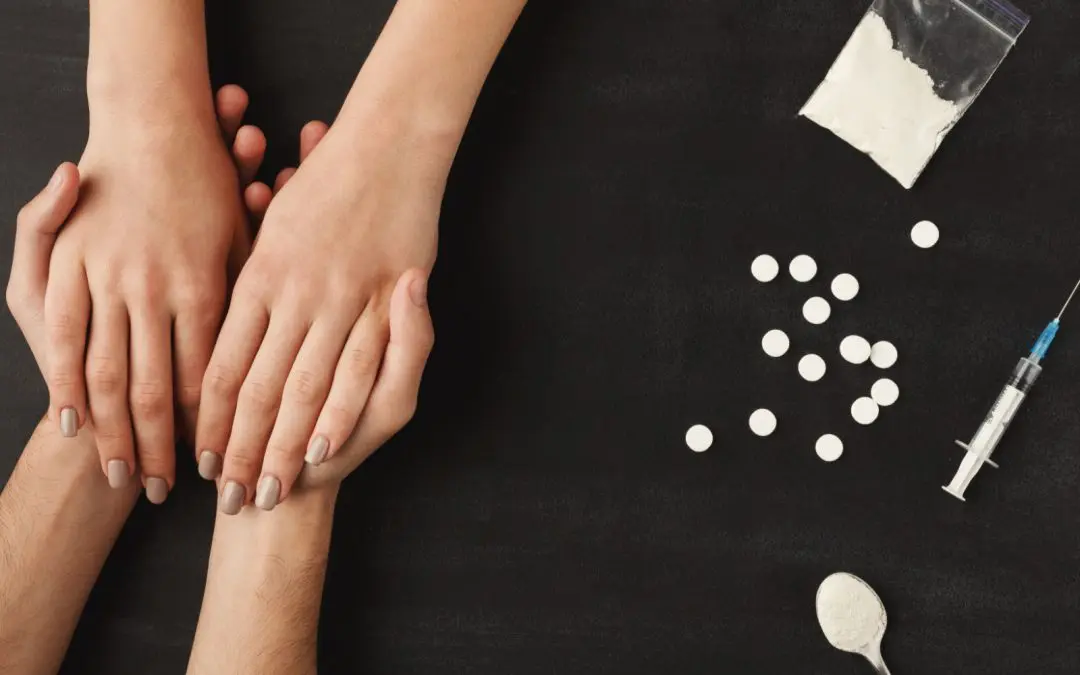































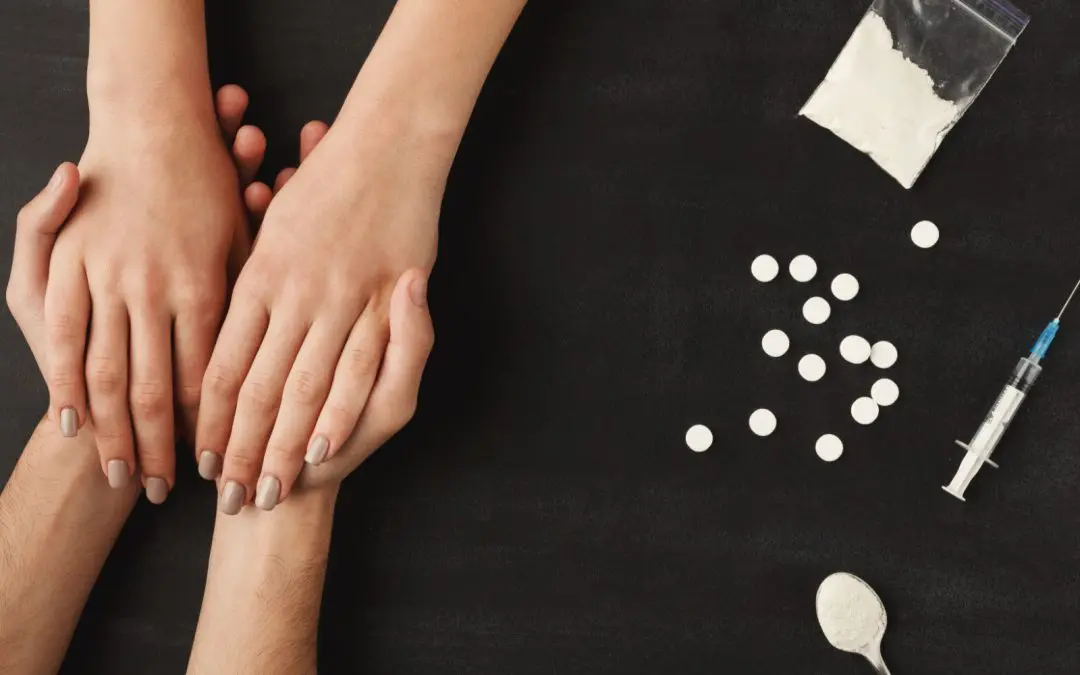


























































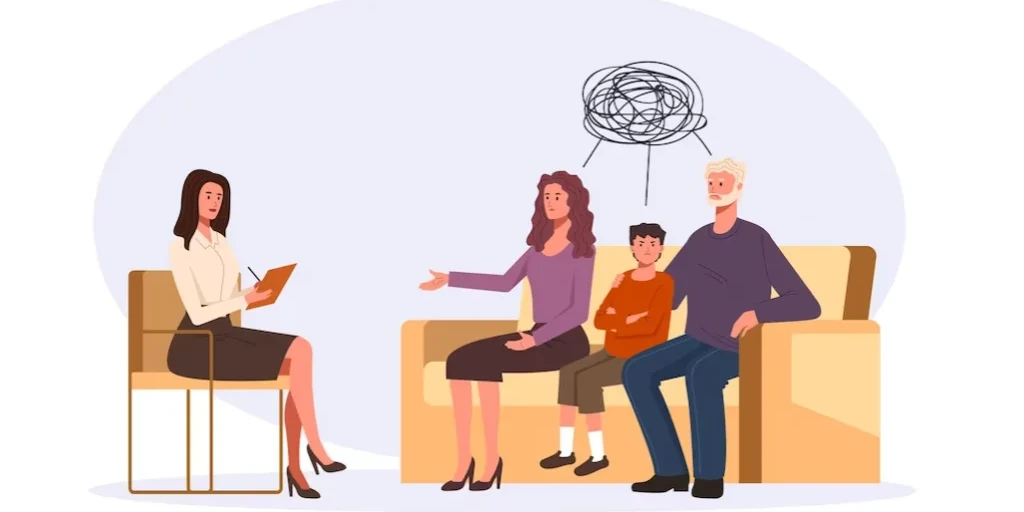












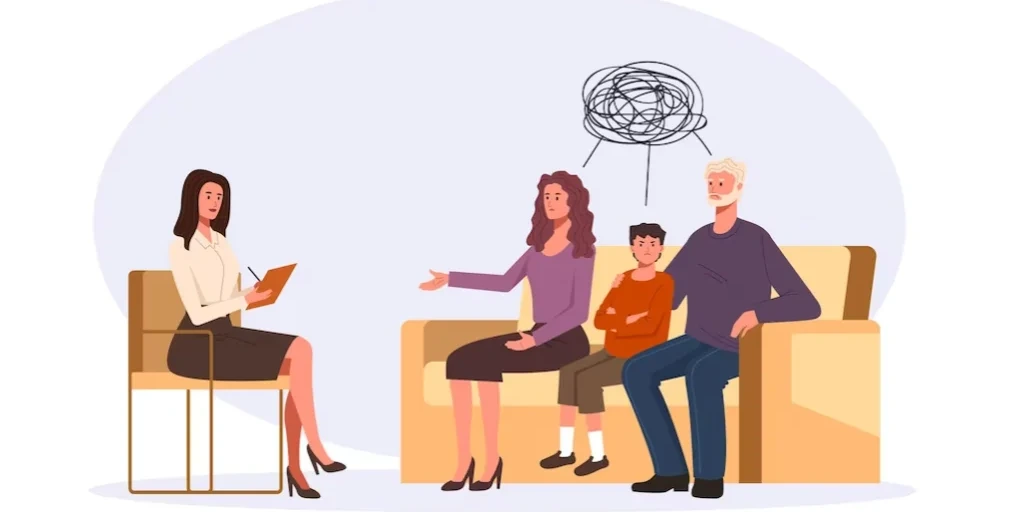






























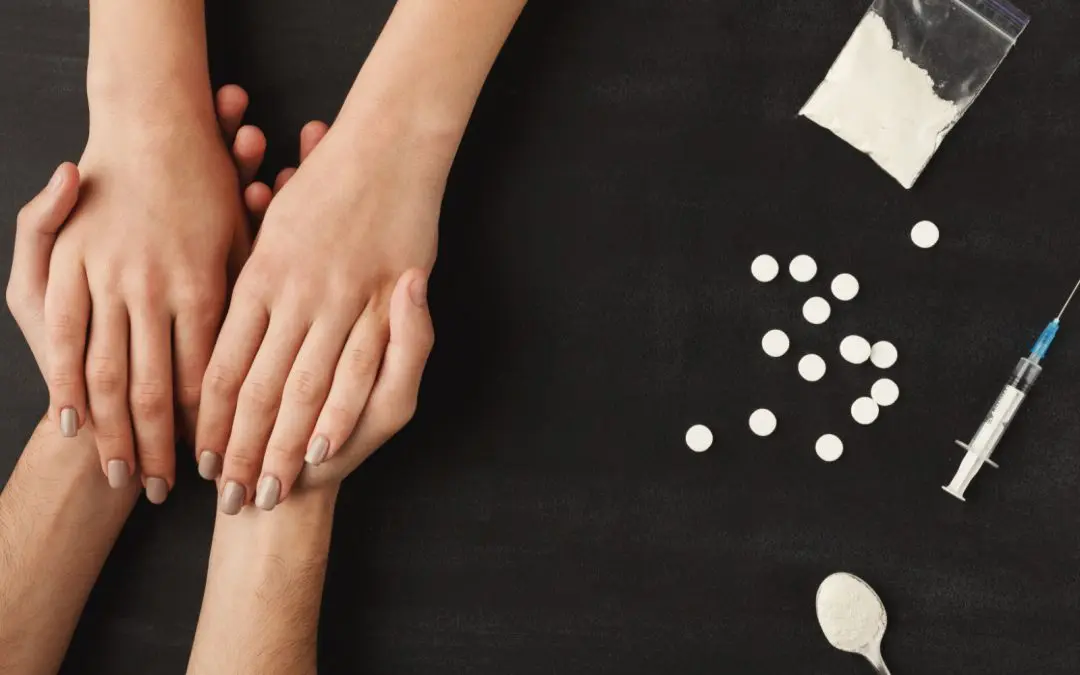


























































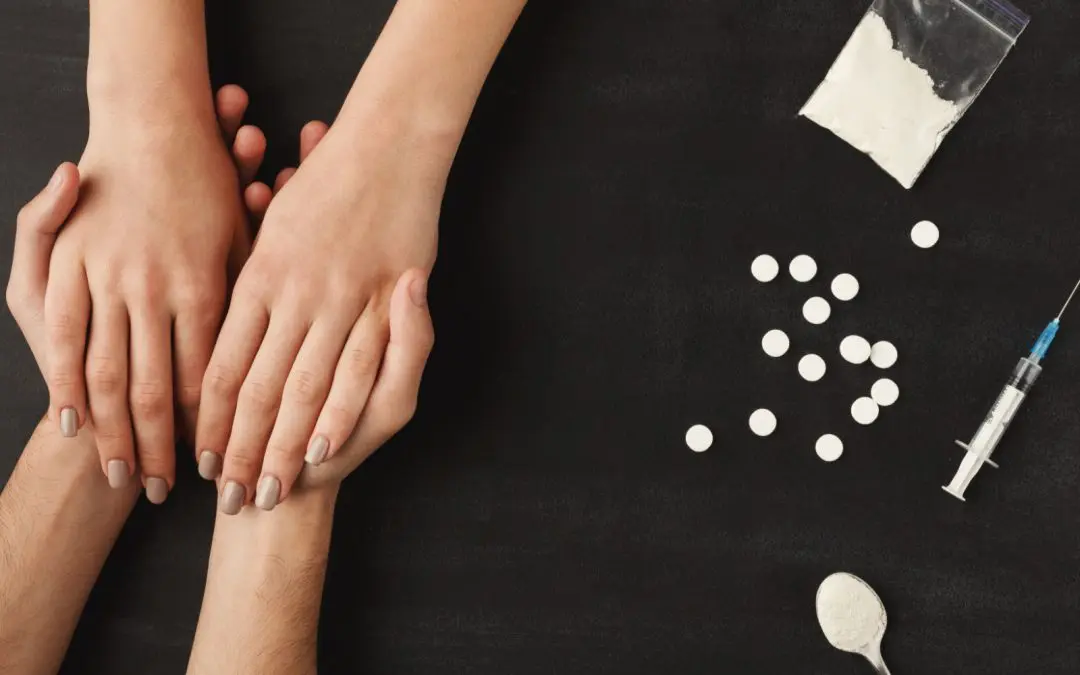




























































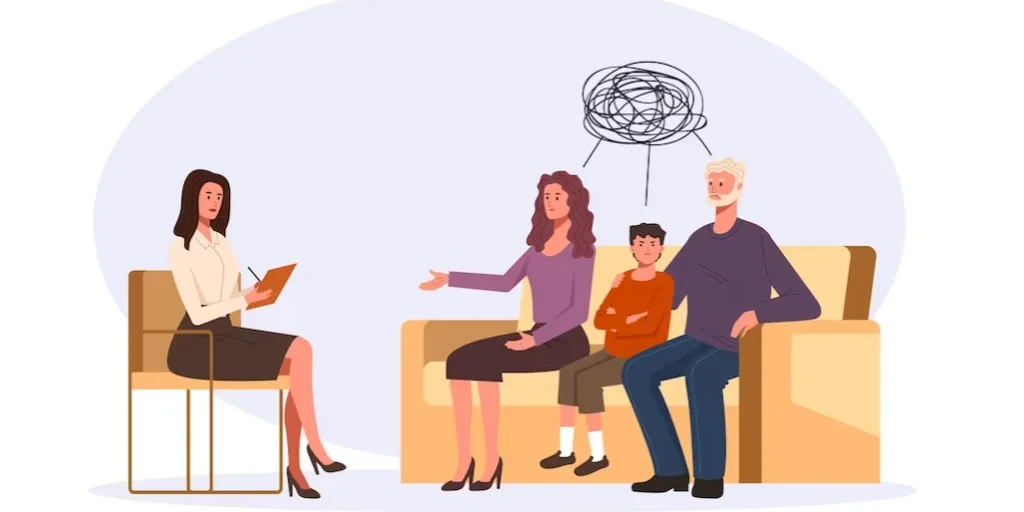














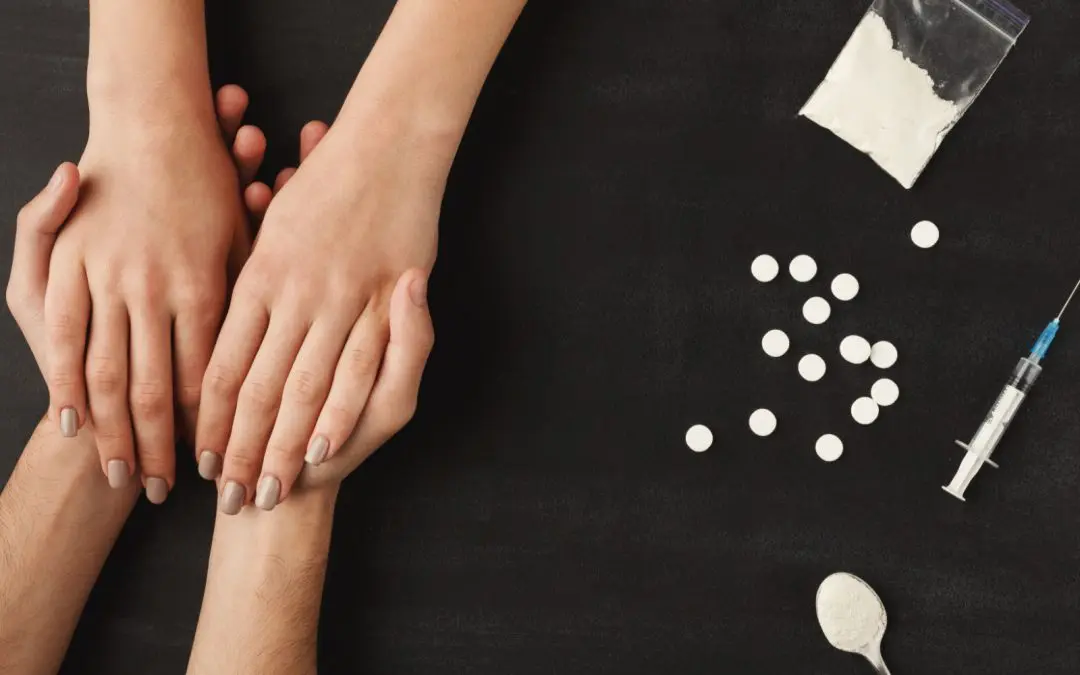























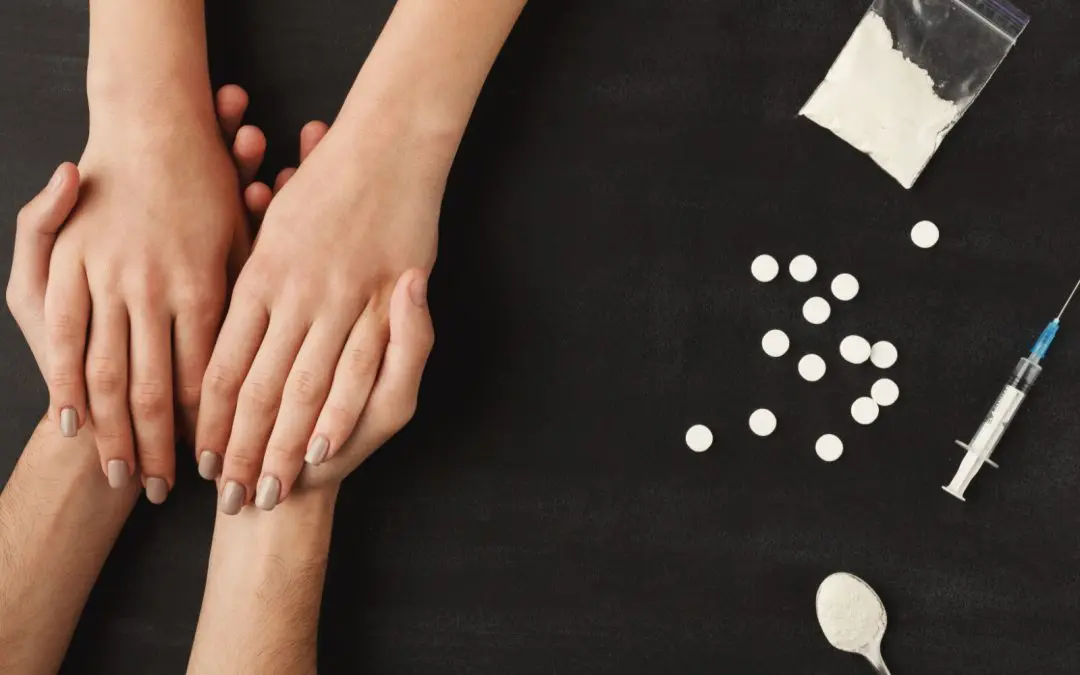


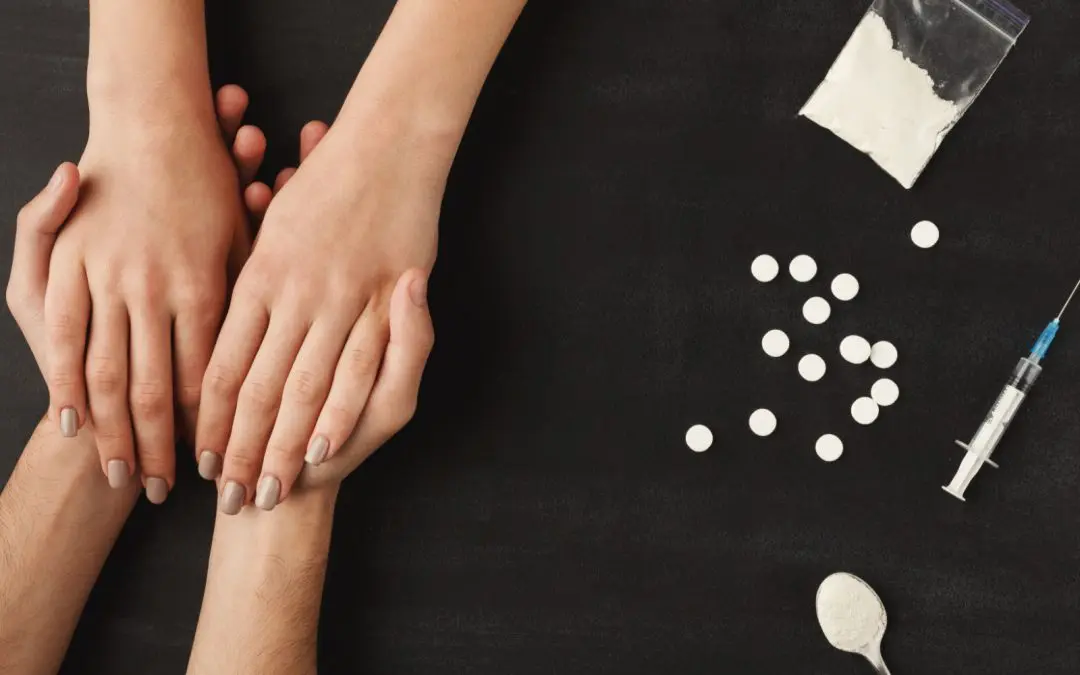

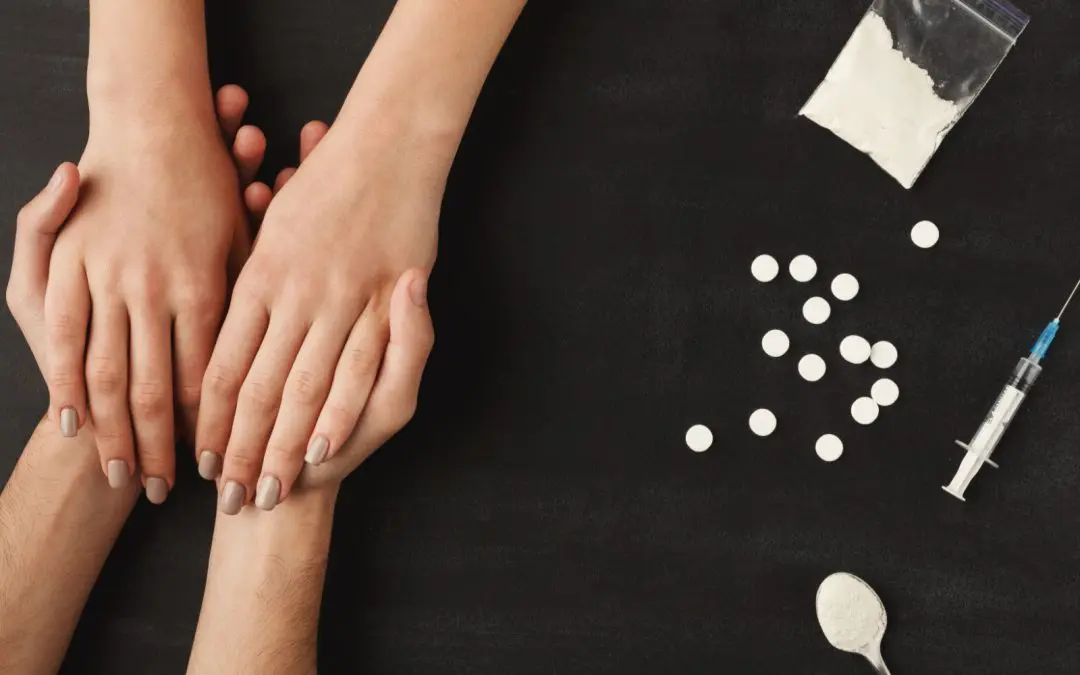







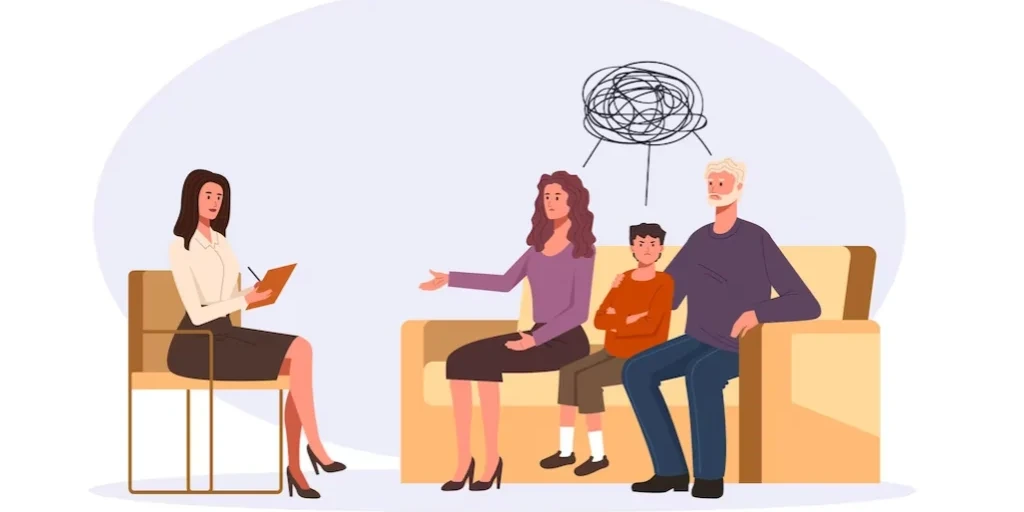






















































































































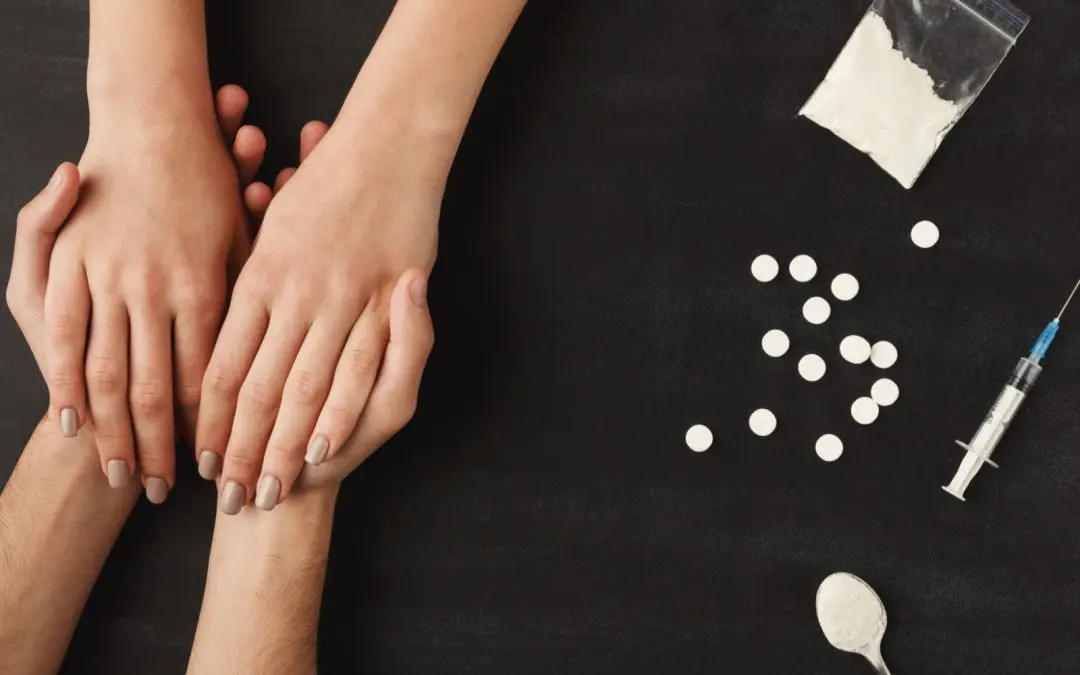



















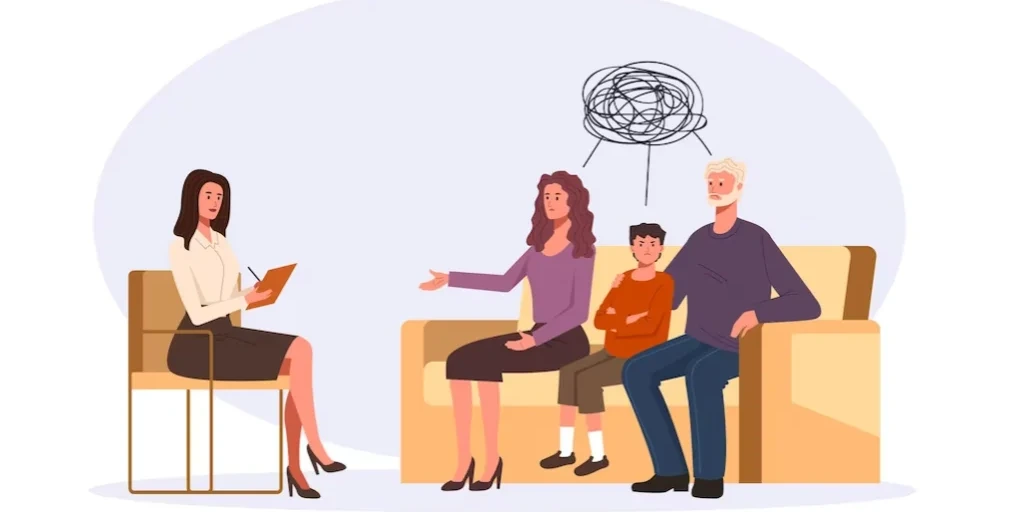


























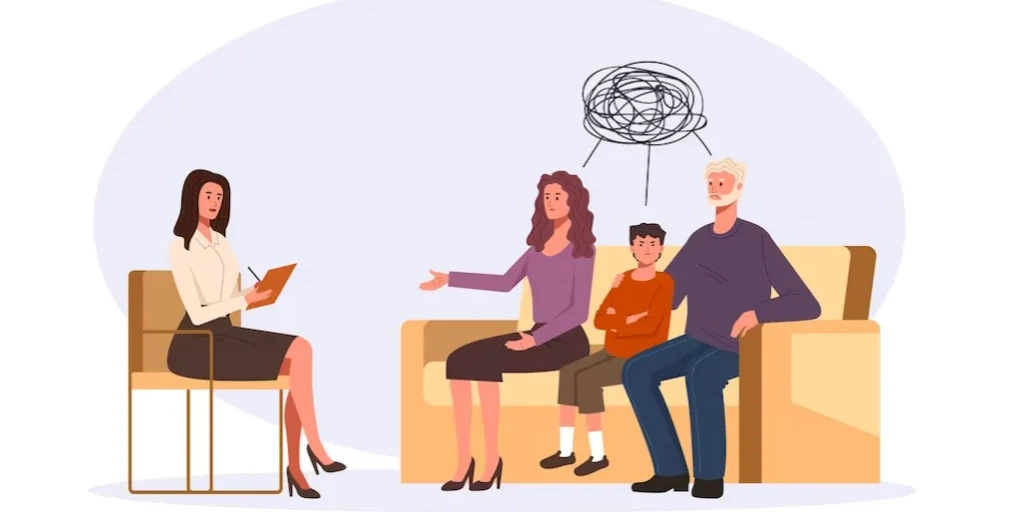














































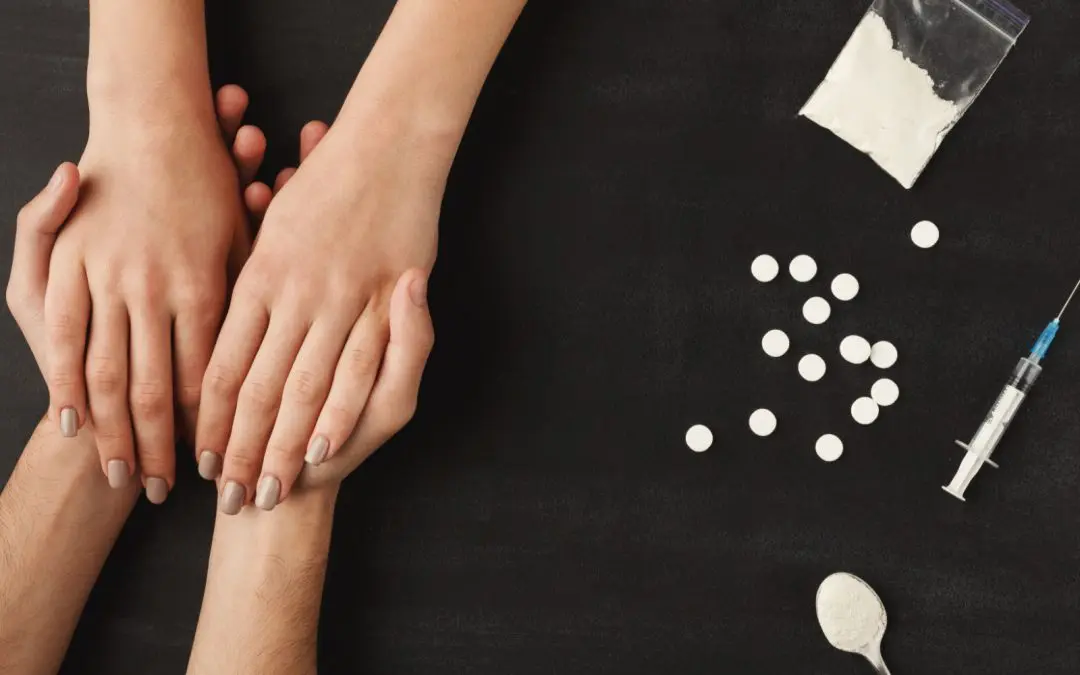


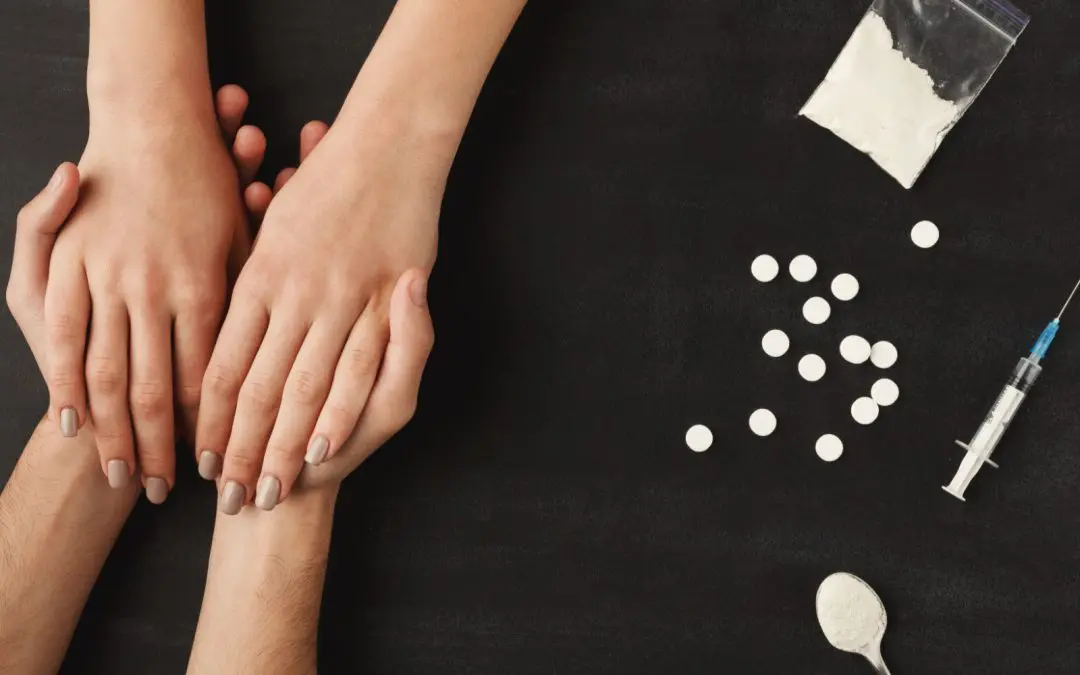

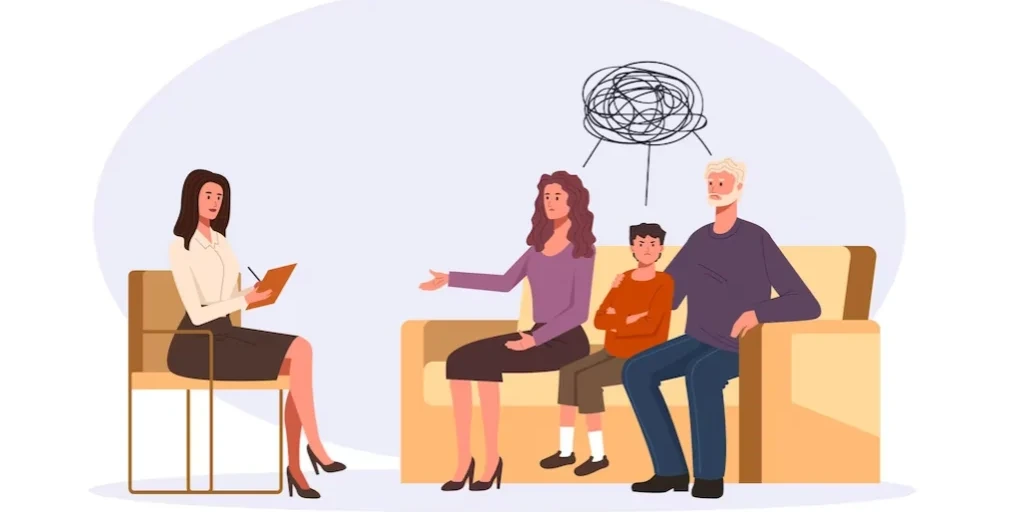








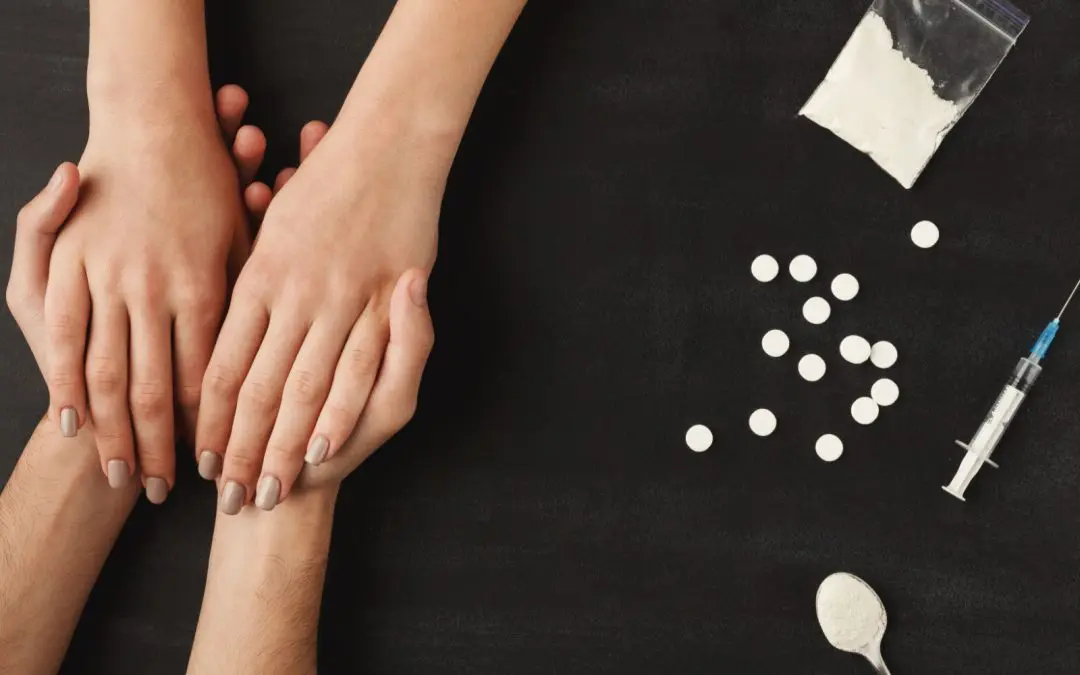












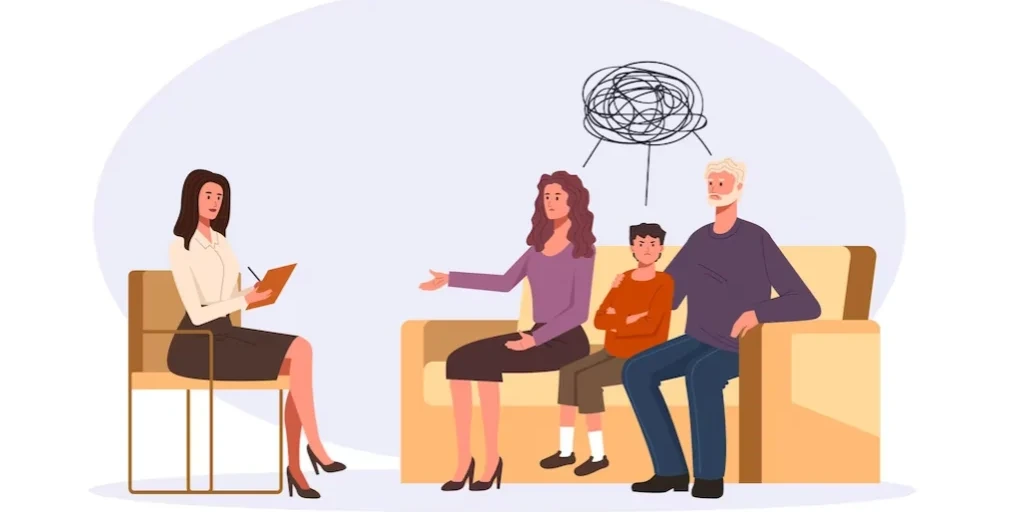




















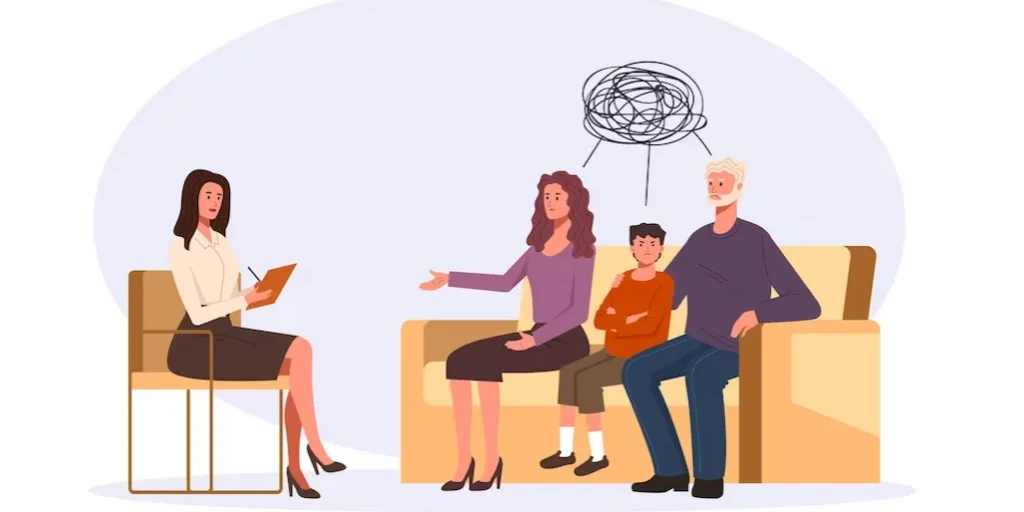





















Steps Recovery Center
Steps Recovery Center is a private rehab located in Murray, Utah. Steps Recovery Center specializes ...

Saint Marys Center for Recovery
Saint Marys Center for Recovery is a private rehab located in Salt Lake City, Utah. Saint Marys Cent...

Wasatch Mental Health Center – Family Clinic
Wasatch Mental Health Center – Family Clinic is a public rehab located in Provo, Utah. Wasatch Menta...

New Season – Saint George Metro Treatment Center
Saint George Metro Treatment Center is a private rehab located in Saint George, UT. Saint George Met...

Cornerstone Clinical Services
Cornerstone Clinical Services, in Delta, Utah, provides outpatient mental and behavioral health care...

Court Supportive Services
Court Supportive Services is a private rehab located in Provo, Utah. Court Supportive Services speci...

The Haven
The Haven Detox is a state of the art alcohol and drug rehabilitation center in Salt Lake City, Utah...

Summit Day Treatment
Summit Day Treatment is a private rehab located in Ogden, Utah. Summit Day Treatment specializes in ...

Vantage Point – Youth Services
Vantage Point – Youth Services is a public rehab located in Provo, Utah. Vantage Point – Youth Servi...

GMS Counseling
GMS Counseling specializes in outpatient therapies for indiviudlas struggling with substance abuse o...

Southwest Behavioral Health Center
Southwest Behavioral Health Center is dedicated to provide mental health and substance abuse treatme...

No Excuse for Abuse
No Excuse for Abuse is a private rehab located in Orem, Utah. No Excuse for Abuse specializes in the...

APS
APS is a private rehab located in Provo, Utah. APS specializes in the treatment of alcoholism, drug ...

The Journey
The Journey is a private rehab located in Provo, Utah. The Journey specializes in the treatment of a...

The Institute for Research and Treatment of Addictive Disorders
The Institute for Research and Treatment of Addictive Disorders is a private rehab located in Logan,...

MATR Behavioral Health
MATR Behavioral Health, in Mount Pleasant, Utah, is a 12 step-focused drug and alcohol rehab for adu...

APS American Fork
APS American Fork is a private rehab located in American Fork, Utah. APS American Fork specializes i...

Turning Point Centers – Bell Canyon
Turning Point Centers – Bell Canyon is a private rehab located in Sandy, Utah. Turning Point Centers...

New Pathways Recovery and Wellness
Pathways at Centra provides comprehensive treatment for those struggling with drug and alcohol addic...

Journey Healing Centers
Journey Healing Centers, in Salt Lake City, Utah, is a luxury, 12 step-focused treatment center for ...
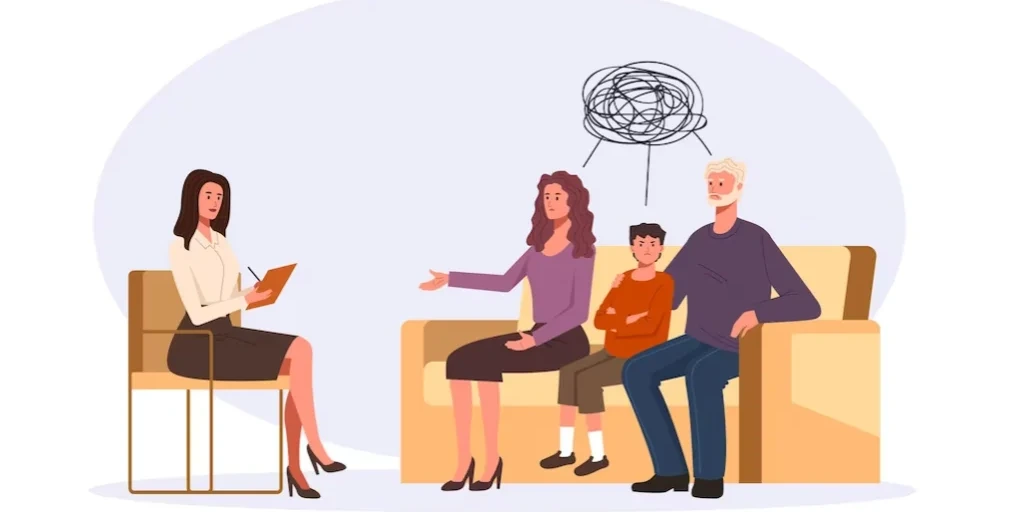
Avalon Hills Adolescent
Avalon Hills Adolescent is a private rehab located in Mendon, Utah. Avalon Hills Adolescent speciali...

Wasatch Mental Health – Orem
Wasatch Mental Health – Orem is a public rehab located in Orem, Utah. Wasatch Mental Health – Orem s...
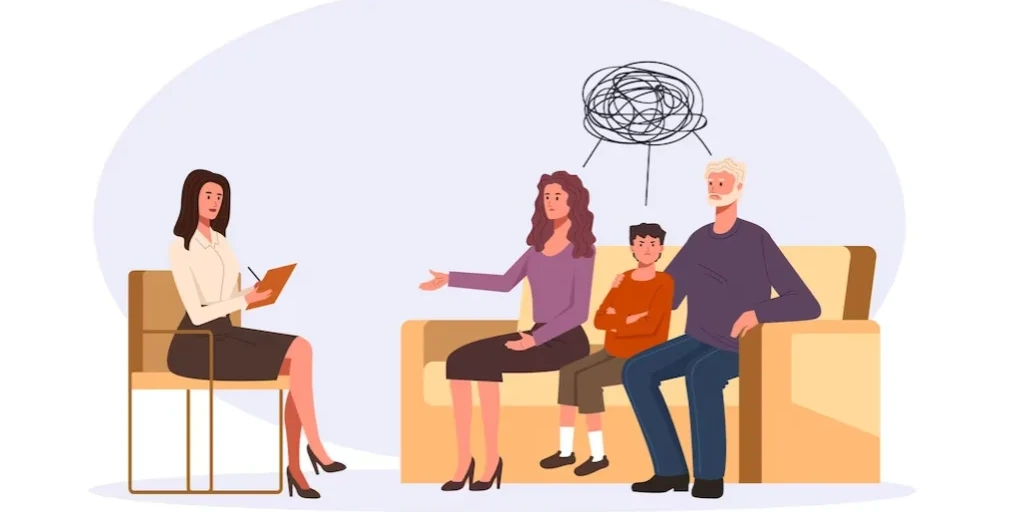
BAART Programs
BAART Programs is a private rehab located in Ogden, Utah. BAART Programs specializes in the treatmen...

Turning Point Centers – Mountain View
Turning Point Centers – Mountain View is a private rehab located in Sandy, Utah. Turning Point Cente...

AVY Counseling Services
AVY Counseling Services is a private rehab located in Orem, Utah. AVY Counseling Services specialize...

Wasatch Mental Health – Spanish Fork
Wasatch Mental Health – Spanish Fork is a public rehab located in Spanish Fork, Utah. Wasatch Mental...

Valley Mental Health – Outpatient Clinic
Valley Mental Health – Outpatient Clinic is a private rehab located in Salt Lake City, Utah. Valley ...

Central Utah Counseling Center
Central Utah Counseling Center is a public rehab located in Richfield, Utah. Central Utah Counseling...

County Family Clinic – Mental Health
County Family Clinic – Mental Health is a public rehab located in Heber City, Utah. County Family Cl...

Judicial Supervision Services
Judicial Supervision Services is a private rehab located in Clearfield, Utah. Judicial Supervision S...

Utah County Department of Drug and Alcohol – Prevention and Treatment
Utah County Department of Drug and Alcohol – Prevention and Treatment is a public rehab located in P...

Four Corners Behavioral Health
Four Corners Behavioral Health is a private rehab located in Castle Dale, Utah. Four Corners Behavio...

Sandy Counseling Center – Humanistic Counseling
Sandy Counseling Center – Humanistic Counseling is a private rehab located in Sandy, Utah. Sandy Cou...

Clinical Consultants
Clinical Consultants is a private rehab located in Ogden, Utah. Clinical Consultants specializes in ...

Life Stone Counseling
Life Stone Counseling is a private rehab located in American Fork, Utah. Life Stone Counseling speci...

Recovery Help
Recovery Help is a private rehab located in Salt Lake City, Utah. Recovery Help specializes in the t...

ISAT – Intermountain Specialized Abuse Treatment Center
ISAT – Intermountain Specialized Abuse Treatment Center is a private rehab located in Saint George, ...

Utah County Department of Drug and Alcohol – Residential Treatment
Utah County Department of Drug and Alcohol - Residential Treatment is a public rehab located in Span...

Accurate Accountability Outpatient
Accurate Accountability Outpatient is a private rehab located in Salt Lake City, Utah. Accurate Acco...

Arcadia Recovery Center
Arcadia Recovery Center is a private rehab located in Payson, Utah. Arcadia Recovery Center speciali...

Expansive Horizons Counseling
Expansive Horizons Counseling is a private rehab located in Heber City, Utah. Expansive Horizons Cou...

Mountain Peak Recovery – Outpatient
Mountain Peak Recovery - Outpatient provides the very best therapeutic environment that will enable ...

Wasatch Mental Health Center
Wasatch Mental Health Center is a public rehab located in Provo, Utah. Wasatch Mental Health Center ...

NexStep Medical Detox
NexStep Medical Detox is a private rehab located in Orem, Utah. NexStep Medical Detox specializes in...

Clinical Consultants
Clinical Consultants is a rehab center that utilizes person-centered and evidence-based treatment to...

Odyssey House – 2100 South
Odyssey House – 2100 South is a non-profit rehab located in Salt Lake City, Utah. Odyssey House – 21...

Bear River Mental Health Services – Rich County
Bear River Mental Health Services – Rich County is a private rehab located in Randolph, Utah. Bear R...
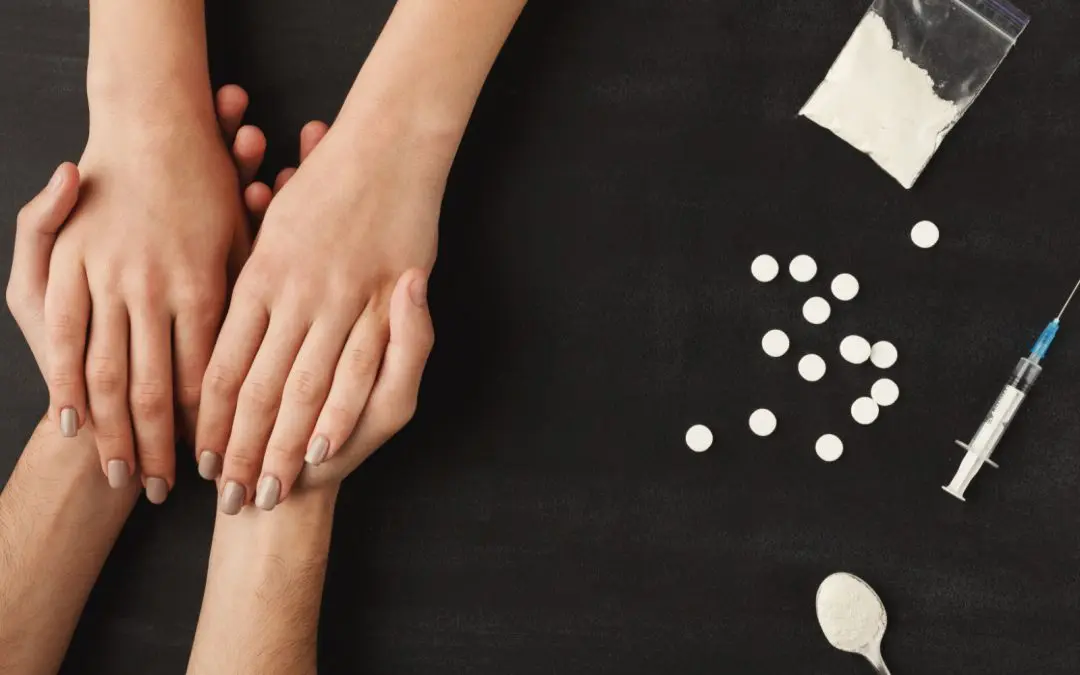
Central Utah Mental Health Center
Central Utah Counseling Center is a private rehab located in Nephi, UT. Central Utah Counseling Cent...

Lighthouse Recovery Center
Lighthouse Recovery is a private rehab located in Midvale, UT. Lighthouse Recovery specializes in th...

Four Corners Behavioral Health
Four Corners Behavioral Health is a public rehab located in Green River, Utah. Four Corners Behavior...

Valley Behavioral Health
Valley Behavioral Health is a private rehab located in Park City, Utah. Valley Behavioral Health spe...

Odyssey House – Fathers with Children
Odyssey House – Fathers with Children is a non-profit rehab located in Salt Lake City, Utah. Odyssey...

The Phoenix Recovery Centers – Men’s Residential
The Phoenix Recovery Centers - Men's Residential offer, through intensive treatment, the opportunity...

Assessment Counseling and Educational Services
Assessment Counseling and Educational Services is a non-profit rehab located in Salt Lake City, Utah...

Volunteers of America, Utah
Volunteers of America, Utah is a counseling clinic located in Salt Lake City, UT. Volunteers of Amer...

Discovery House
Discovery House is a private rehab located in Layton, Utah. Discovery House specializes in the treat...

Bear River Health Department – Substance Abuse
Bear River Health Department – Substance Abuse is a public rehab located in Brigham City, Utah. Bear...

Zion Recovery Center
Zion Recovery Center is a faith-based drug and alcohol treatment center that provides evidence-based...

Sandy Counseling
Sandy Counseling is a private rehab located in Salt Lake City, Utah. Sandy Counseling specializes in...

Intensive Residential Treatment
Intensive Residential Treatment is a public rehab located in Provo, Utah. Intensive Residential Trea...

New Roads Treatment Center
New Roads Treatment Center is a private rehab located in Sandy, Utah. New Roads Treatment Center spe...

The Phoenix Recovery Centers Outpatient
The Phoenix Recovery Centers Outpatient - Center Street offer, through intensive treatment, the oppo...

Sutton Clinical Services
Sutton Clinical Services is a private rehab located in Ogden, UT. Sutton Clinical Services specializ...

Recovery Ways – Mountain View
Recovery Ways - Mountain View is a group of effective and affordable dual-diagnosis addiction treatm...

Expansive Horizons Counseling
Expansive Horizons Counseling is a private rehab located in Kamas, Utah. Expansive Horizons Counseli...

The Phoenix Recovery Center Outpatient
The Phoenix Recovery Center Outpatient - 1500 West offer, through intensive treatment, the opportuni...

Ascend Recovery
Ascend Recovery is a private organization that provides individualized care for each client and foll...

Cold Creek Behavioral Health – Cold Creek Lodge
Cold Creek Behavioral Health - Loop Road is committed to helping individuals and families overcome a...

Southwest Behavioral Health Center
Southwest Behavioral Health Center is dedicated to provide mental health and substance abuse treatme...

The Phoenix Recovery Center Outpatient
The Phoenix Recovery Centers Outpatient - State Street offer, through intensive treatment, the oppor...

Renaissance Ranch Women’s Residential
Renaissance Ranch Women's Residential is an LDS-based alcohol and Utah drug rehabilitation program. ...

Utah Addiction Centers
Zion Recovery Center is a faith-based drug and alcohol treatment center that provides evidence-based...

Four Corners Behavioral Health
Located in Price, Utah, Four Corners Behavioral Health provides alcohol and drug rehab services to c...

House of Hope Residential Treatment – Provo
House of Hope Residential Treatment – Provo is a non-profit rehab located in Provo, Utah. House of H...

First Step House – Outpatient
First Step House – Outpatient is a private rehab located in Salt Lake City, Utah. First Step House –...

Family Counseling Service of Northern Utah
Family Counseling Service of Northern Utah is a non-profit rehab located in Ogden, Utah. Family Coun...

Copper Sage Recovery Center
Copper Sage Recovery Center is a private rehab located in Riverton, Utah. Copper Sage Recovery Cente...

MentorWorks
MentorWorks is a substance use disorder rehab facility in Riverton, UT that offers professional and ...

Lion’s Gate Recovery
Lion’s Gate Recovery is a private rehab located in Saint George, Utah. Lion’s Gate Recovery speciali...

Lava Heights Academy
Lava Heights Academy is a girl's residential treatment center located in Toquerville, Utah. Lava Hei...

Sun Hawk Academy
SunHawk Academy, in Saint George, Utah, is an inpatient drug and alcohol rehab for adolescents betwe...

D7 Treatment Program
D7 Treatment Program is a private rehab located in West Jordan, Utah. D7 Treatment Program specializ...

Olympus Healing Center
Olympus Healing Center is a multi-disciplined center located in Salt Lake, Utah. Our focus is on per...

Ascendant Behavioral Health Clinics
Ascendant Behavioral Health Clinics offer mental health counseling for individuals struggling with a...

Meridian Mentoring
Meridian Mentoring is a private rehab located in Orangeville, Utah. Meridian Mentoring specializes i...

Amethyst Center for Healing
Amethyst Center for Healing is a private rehab located in Salt Lake City, Utah. Amethyst Center for ...

Valley Camp – Halfway House
Valley Camp–Halfway House is a residential drug and alcohol rehab for adult men in Eden, Utah. They ...

Polis Consulting
Polis Consulting is a private rehab located in Salt Lake City, Utah. Polis Consulting specializes in...

Wasatch Mental Health
Wasatch Mental Health is a public rehab located in Provo, Utah. Wasatch Mental Health specializes in...

Compass Academy
Compass Academy is a private rehab located in Moroni, Utah. Compass Academy specializes in the treat...

Legacy Outdoor Adventures
Legacy Outdoor Adventures is a private rehab located in Loa, Utah. Legacy Outdoor Adventures special...

Sober Living Properties
Sober Living Properties is a private rehab located in Draper, Utah. Sober Living Properties speciali...

Steps Recovery Centers – Outpatient
Steps Recovery Center is a drug and alcohol treatment facility committed in providing affordable, sa...

AA – Alcoholics Anonymous
AA – Alcoholics Anonymous is a private rehab located in Saint George, Utah. AA – Alcoholics Anonymou...

Steps Recovery Centers – Outpatient
Steps Recovery Center is a drug and alcohol treatment facility committed in providing affordable, sa...

I Am Recovery Outpatient Counseling
I Am Recovery Outpatient Counseling is a private rehab located in American Fork, Utah. I Am Recovery...

Cold Creek – Female Sober Living
Cold Creek - Female Sober Living provides the structure and boundaries necessary to help those in ea...

Keystone Family Support
Keystone Family Support is a residential treatment program specialized in teens that may be dealing ...

New Beginnings Behavioral Treatment Agency
New Beginnings Behavioral Treatment Agency is a private rehab located in West Jordan, Utah. New Begi...

Abbey Road Counseling Service
Abbey Road Counseling Service is a private rehab located in Cedar City, Utah. Abbey Road Counseling ...

Alano Club
Alano Club is a private rehab located in Saint George, Utah. Alano Club specializes in the treatment...

AA – Alcoholics Anonymous
AA – Alcoholics Anonymous is a private rehab located in Fairview, Utah. AA – Alcoholics Anonymous sp...

I Am Recovery – Womens Sober Living Home
I Am Recovery – Womens Sober Living Home is a private rehab located in Sandy, Utah. I Am Recovery – ...
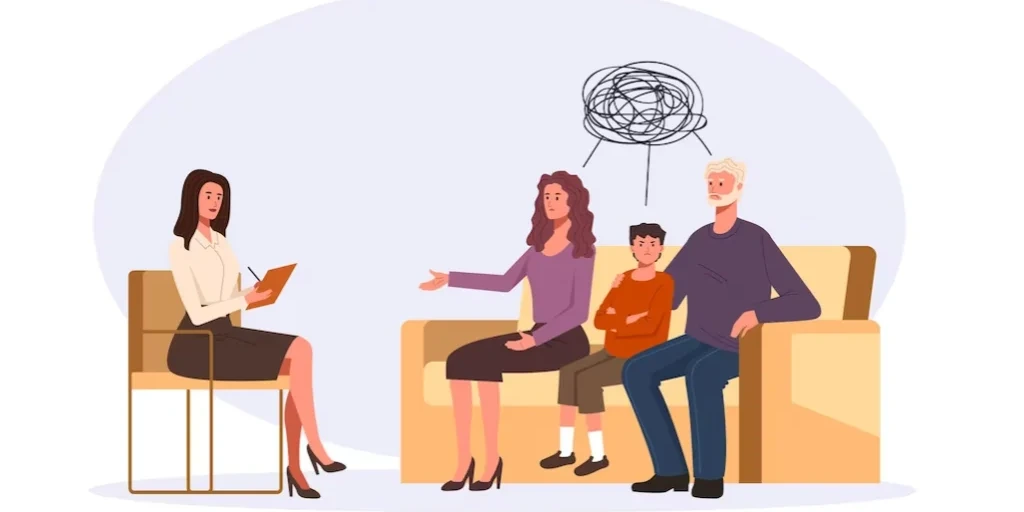
Southern Utah Behavioral Health
Southern Utah Behavioral Health is a private rehab located in Saint George, Utah. Southern Utah Beha...

Integral Recovery
Integral Recovery is a private rehab located in Teasdale, Utah. Integral Recovery specializes in the...

1st Alliance Treatment Services – Downtown
1st Alliance Treatment Services - Downtown is located in Salt Lake City, Colorado. 1st Alliance Trea...

Workout Addiction Recovery
Workout Addiction Recovery is a private rehab located in Ogden, Utah. Workout Addiction Recovery spe...

Serenity Recovery and Wellness
Serenity Recovery and Wellness is a private rehab located in Provo, Utah. Serenity Recovery and Well...

Ascend Recovery – Riley House Step 3
Ascend Recovery's evidenced based practices do not simply help patients graduate a residential progr...

Zion Hills Academy
Zion Hills Academy is a private rehab located in Cedar City, Utah. Zion Hills Academy specializes in...

Utah State University – Psychology
Utah State University – Psychology is a private rehab located in Logan, Utah. Utah State University ...

Utah State Government – Rehabilitation Services
Utah State Government – Rehabilitation Services is a private rehab located in Tooele, Utah. Utah Sta...

AA – Alcoholics Anonymous
AA – Alcoholics Anonymous is a private rehab located in Park City, Utah. AA – Alcoholics Anonymous s...

1st Alliance Treatment Services
1st Alliance Treatment Services is located in Layton, Colorado. 1st Alliance Treatment Services prov...

Firefly Addiction and Family Therapy
Firefly Addiction and Family Therapy is a private rehab located in Sandy, Utah. Firefly Addiction an...

Avante Recovery Center
Avante is a Portuguese word translated to "Moving Forward". At Avante Recovery Center, we incorporat...

North Star Center
North Star Center is a private rehab located in La Verkin, Utah. North Star Center treats both subst...

Therapy Associates
Therapy Associates is a private rehab located in Saint George, Utah. Therapy Associates specializes ...

APS
APS is a private rehab located in Spanish Fork, Utah. APS specializes in the treatment of alcoholism...

1st Alliance Treatment Services
1st Alliance Treatment Services is located in Ogden, Colorado. 1st Alliance Treatment Services provi...

Cold Creek Outpatient – Brighton Loop Road
Cold Creek Outpatient - Brighton Loop Road offers Day Treatment Program and Intensive Outpatient Pro...

Valley Behavioral Health Tooele County Office
Valley Behavioral Health Tooele County Office is a private rehab located in Tooele, Utah. Valley Beh...

NorthWest Passage
NorthWest Passage is a private rehab located in Salt Lake City, Utah. NorthWest Passage specializes ...

Sober Living Properties Addiction Rehab
Sober Living Properties Addiction Rehab is a private rehab located in Draper, Utah. Sober Living Pro...

Ascendant Comprehensive Treatment Center For Addictions
Ascendant Comprehensive Treatment Center For Addictions offers Ambulatory Detox, Medication-Assisted...

Opportunity Center
Opportunity Center is a private rehab located in Draper, Utah. Opportunity Center specializes in the...

LifeMatters Counseling and Health Center
LifeMatters Counseling and Health Center is a private rehab located in Salt Lake City, Utah. LifeMat...

Wilderness Quest
Wilderness Quest is a private rehab located in Monticello, Utah. Wilderness Quest specializes in the...

Ascend Recovery – Eagle View Step 2
Ascend Recovery's evidenced based practices do not simply help patients graduate a residential progr...

Family Pathways Cooperative
Family Pathways Cooperative is a private rehab located in West Jordan, Utah. Family Pathways Coopera...

Abundant Life Institute
Abundant Life Institute is a private rehab located in Orem, Utah. Abundant Life Institute specialize...

1st Alliance Treatment Services – South
1st Alliance Treatment Services - South is located in Salt Lake City, Colorado. 1st Alliance Treatme...

Cold Creek Outpatient – Kays Drive
Cold Creek Outpatient - Kays Drive offers Day Treatment Program and Intensive Outpatient Program for...

University Park Detox Center
University Park Detox and Assessment Center offers distinct and highly individualized tracks like me...

Odyssey House – Adult Residential
Odyssey House, located in Salt Lake City, Utah, is a substance abuse program that addresses substanc...

Forte Strong
Forte Strong, in Saint George, Utah, is a mental and behavioral health program for young adult men b...

Inspiro Recovery
Inspiro Recovery is an outpatient facility run and designed by peers who have been successful in the...

Odyssey House – Mother With Children Residential
Odyssey House is co-occurring behavioral health and addiction rehab facility located in Salt Lake Ci...

UNI Downtown Behavioral Health Clinic
UNI Downtown Behavioral Health Clinic, in Salt Lake City, Utah, offers outpatient mental health care...

New Haven – 258 West 400 North
New Haven offers residential treatments for teenage girls struggling with anxiety, stress, substance...

Odyssey House – Teen Residential
Odyssey House – Teen Residential is a drug and alcohol rehab located in Salt Lake City, Utah. They p...

RedCliff Ascent
Spanning more than 1,000 square miles near scenic Enterprise, Utah, RedCliff Ascent is a therapeutic...

The Bridge Health Recovery Center
The Bridge Health Recovery Center offers inpatient treatment for individuals with a mental health di...

White River Academy
White River Academy offers inpatient treatment for male adolescents needing behavioral health servic...

New Haven – Amelia Earhart House
New Haven - Amelia Earhart House offers residential treatments for teenage girls struggling with anx...

Family Institute of Northern Utah
Family Institute of Northern Utah is a private rehab located in Logan, Utah. Family Institute of Nor...

Sutton Clinical Services
Sutton Clinical Services is a private rehab located in Brigham City, UT. Sutton Clinical Services sp...

Cold Creek Behavioral Health
Cold Creek Behavioral Health is an addiction treatment center for adults, located in Kaysville, Utah...

Renew Wellness and Therapy
Renew Wellness and Therapy is a women-only rehab located in Sandy, Utah. Renew Wellness and Therapy ...

UNI Farmington Behavioral Health Clinic
UNI Farmington Behavioral Health Clinic is an outpatient clinic that provides psychological and psyc...

10,000 Beds
10,000 Beds is a non-profit organization located in Cedar City, Utah. 10,000 Beds' mission is to con...

Strategies For Families
Strategies For Families is a private rehab located in Saint George, Utah. Strategies For Families sp...







































































